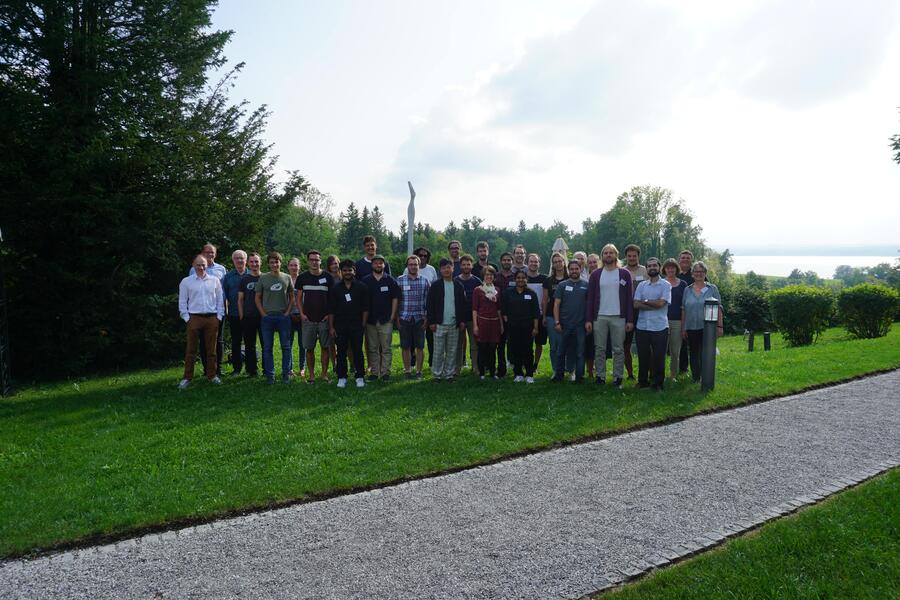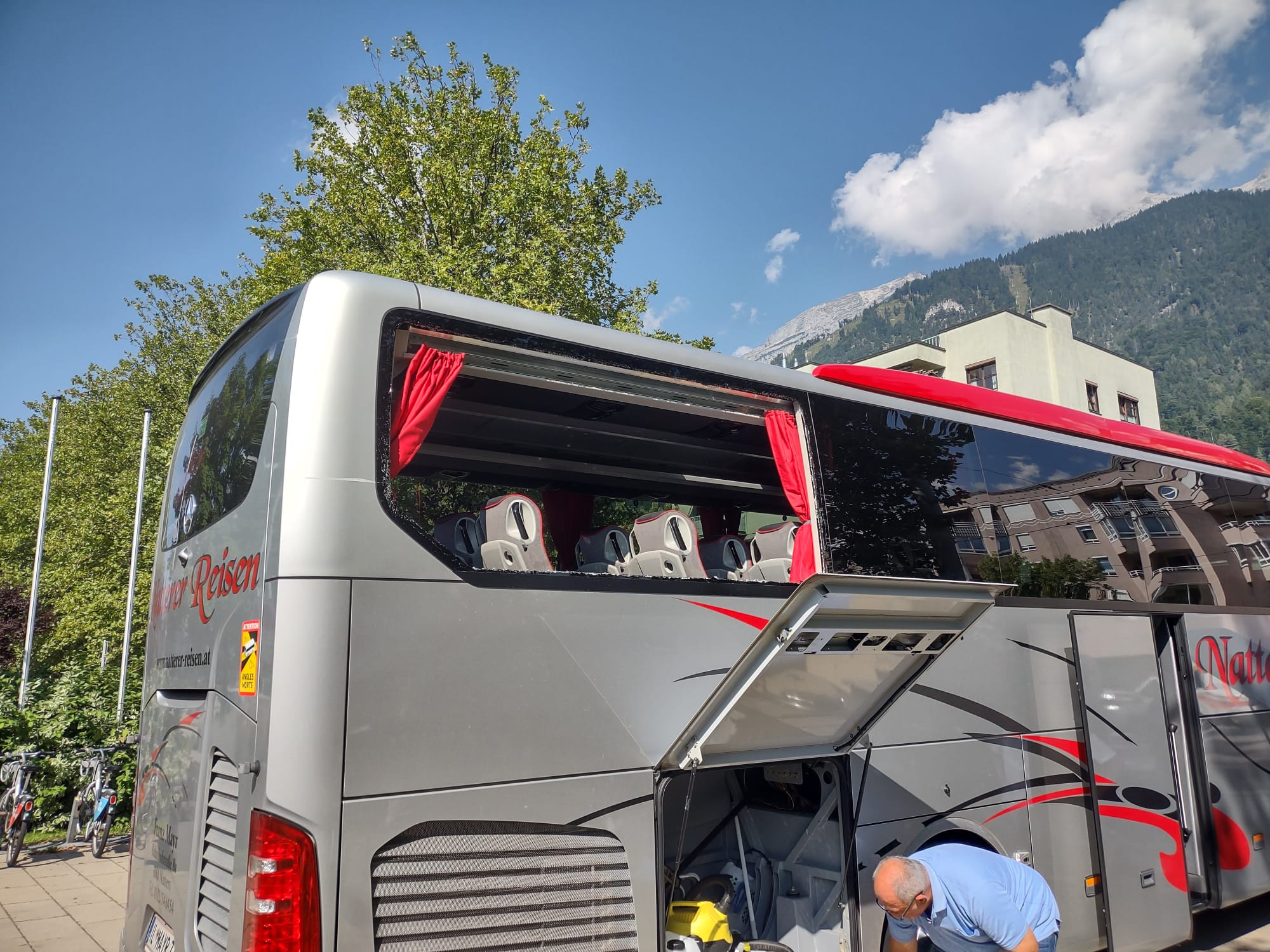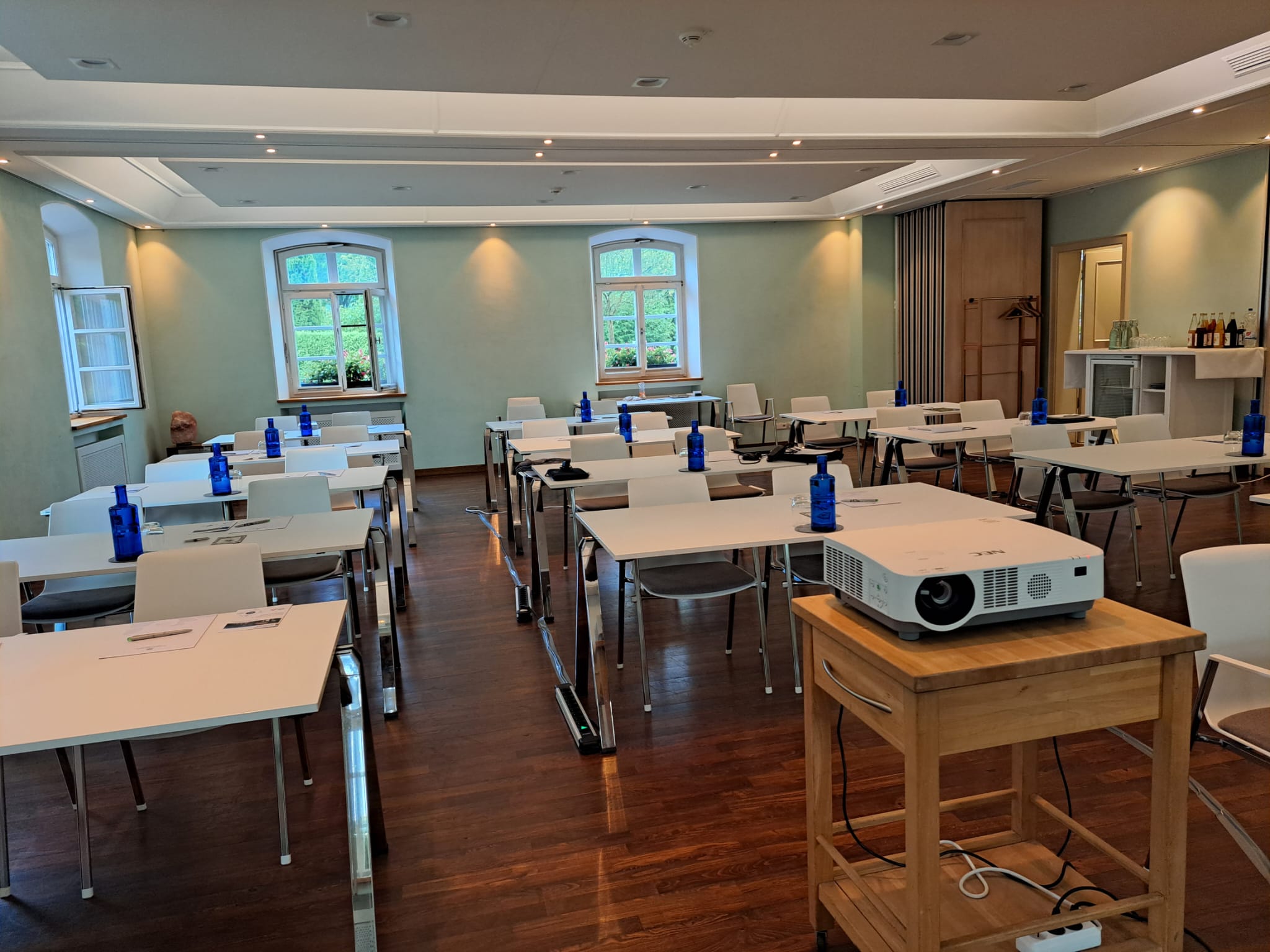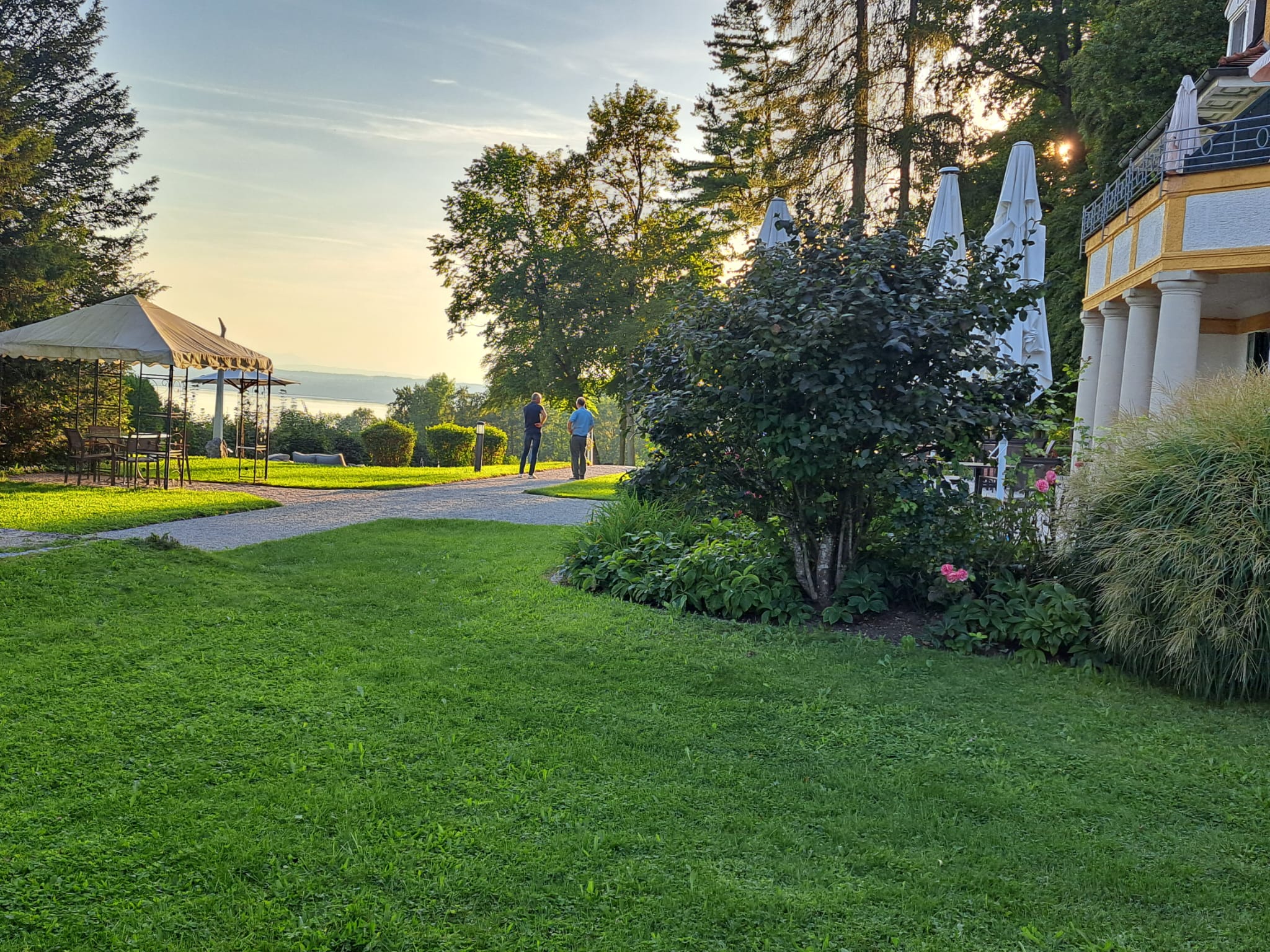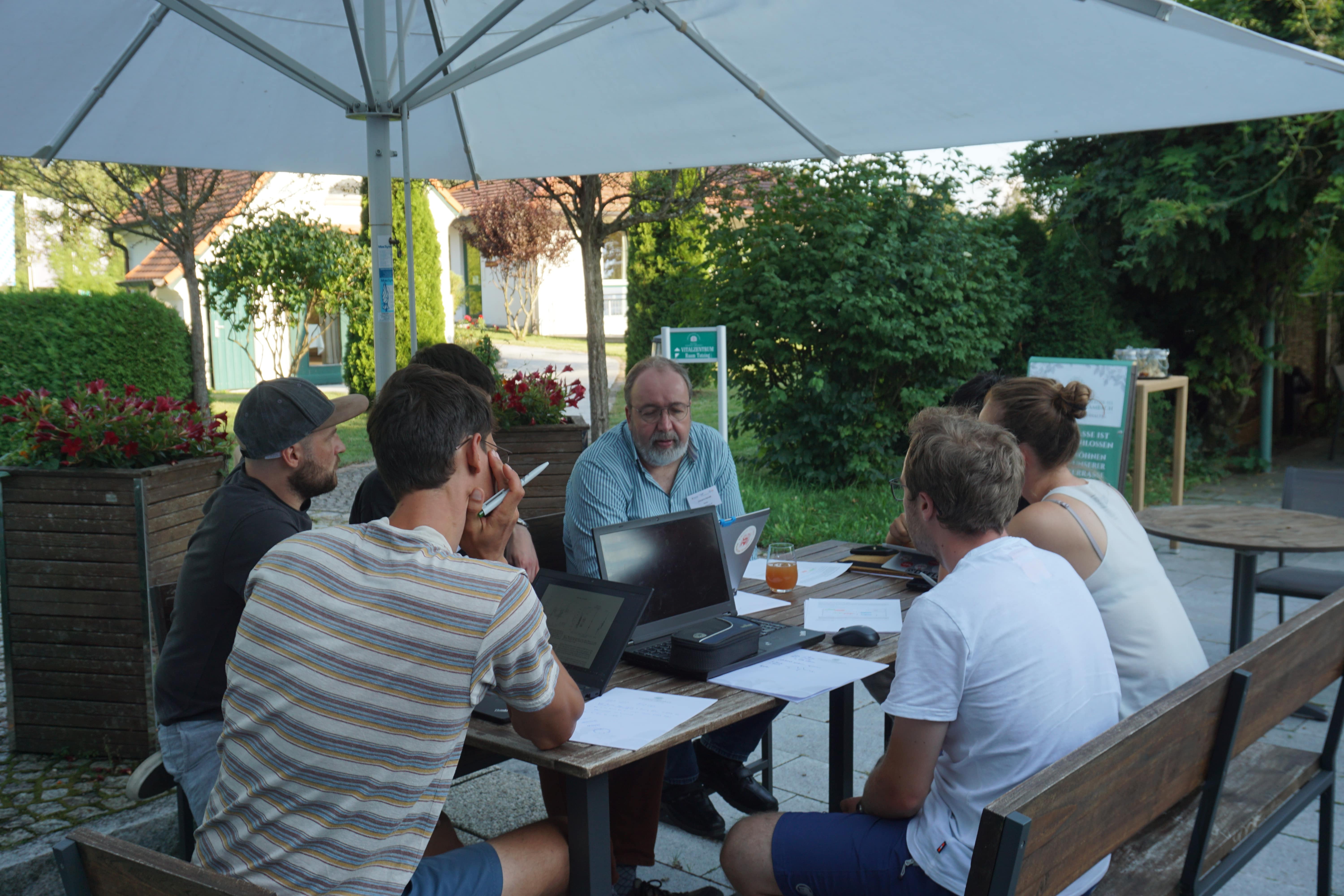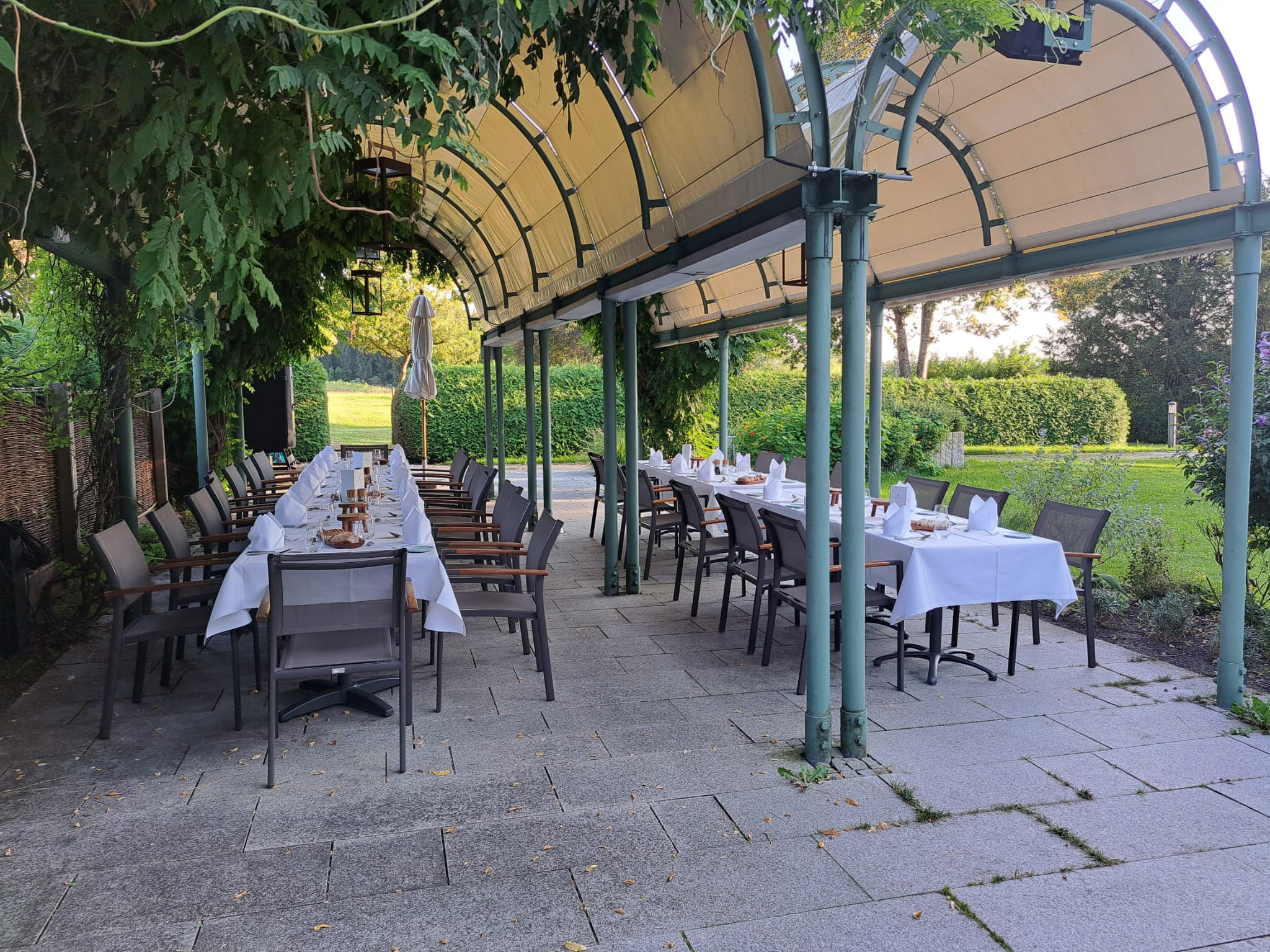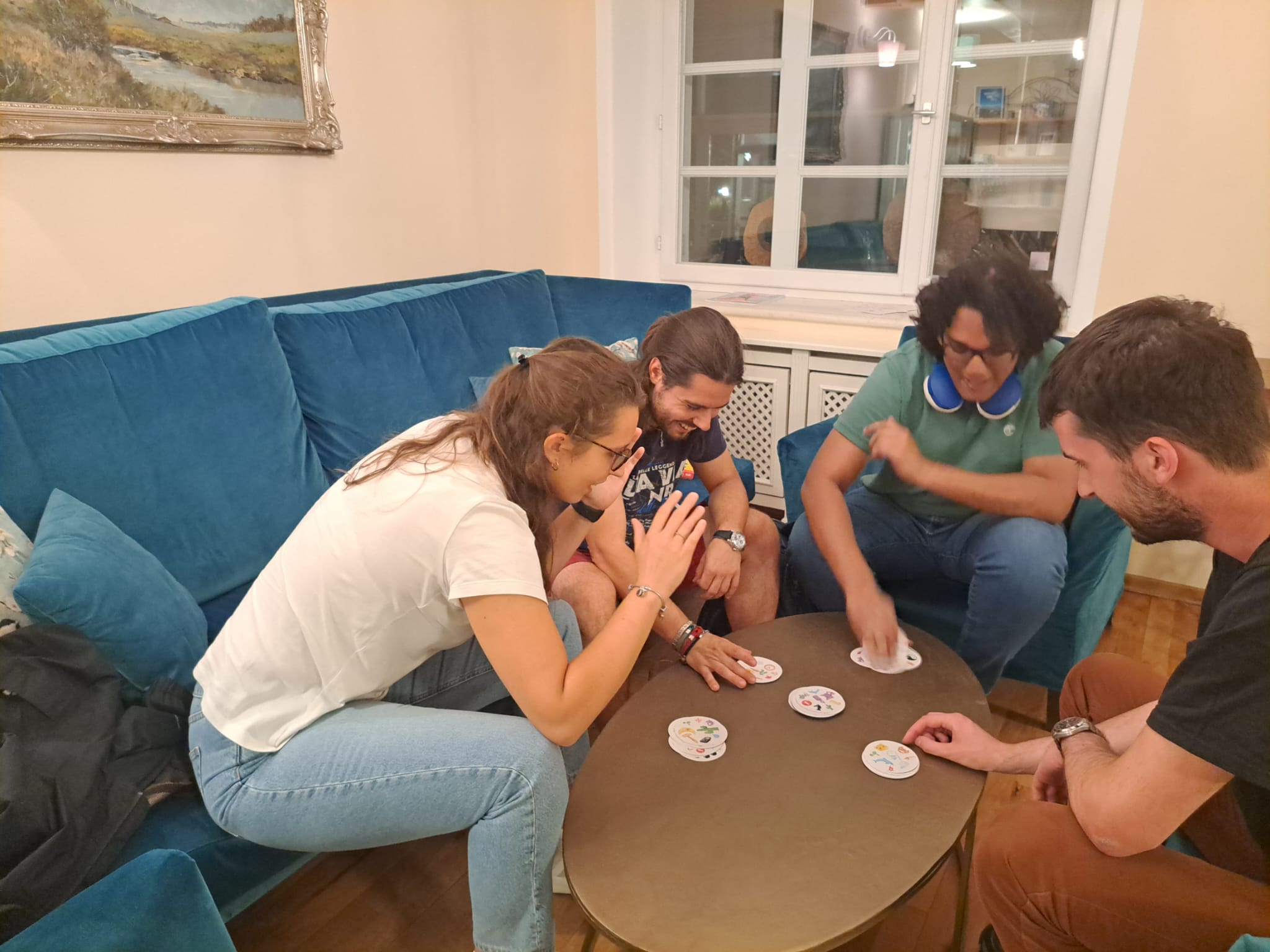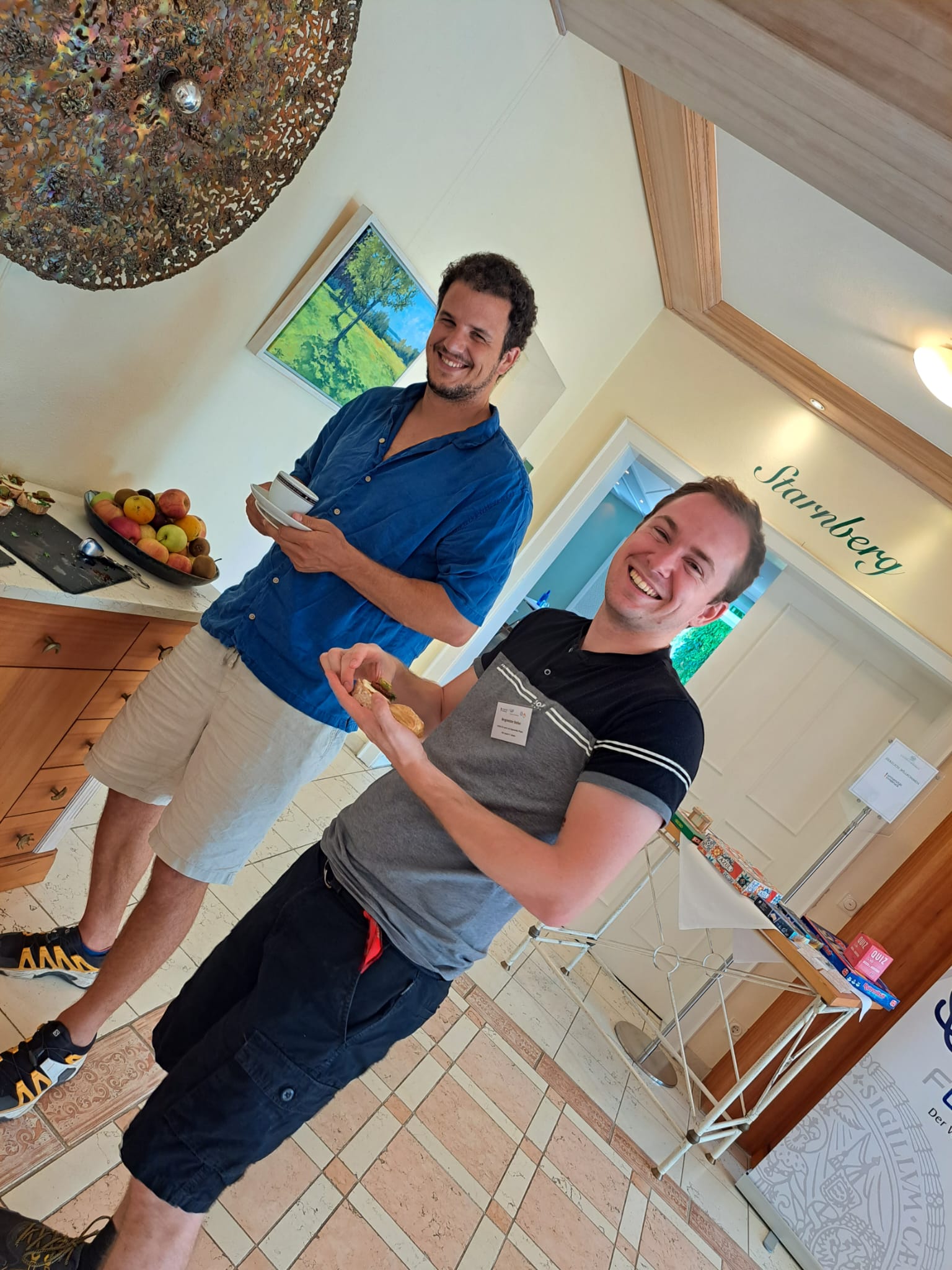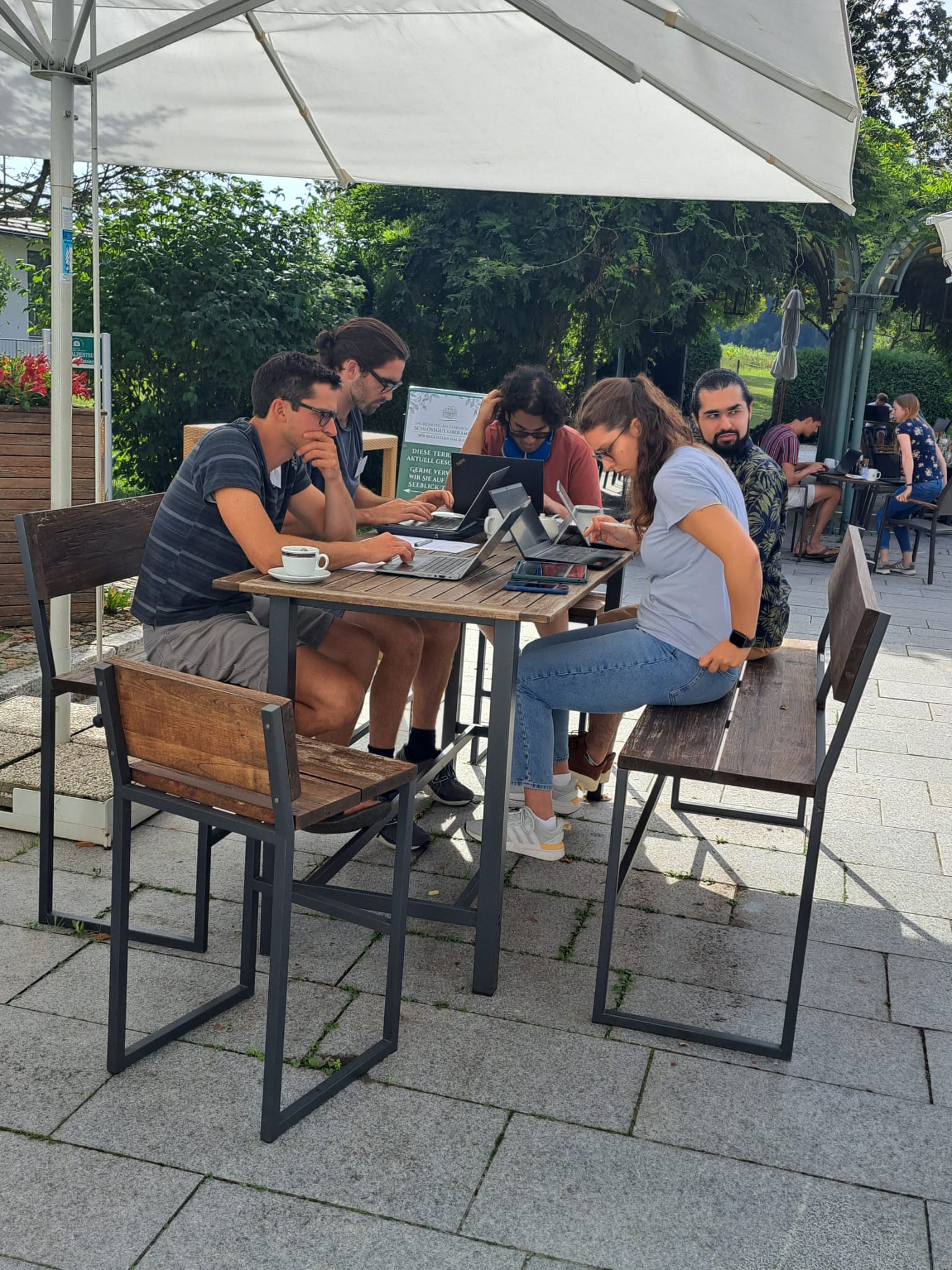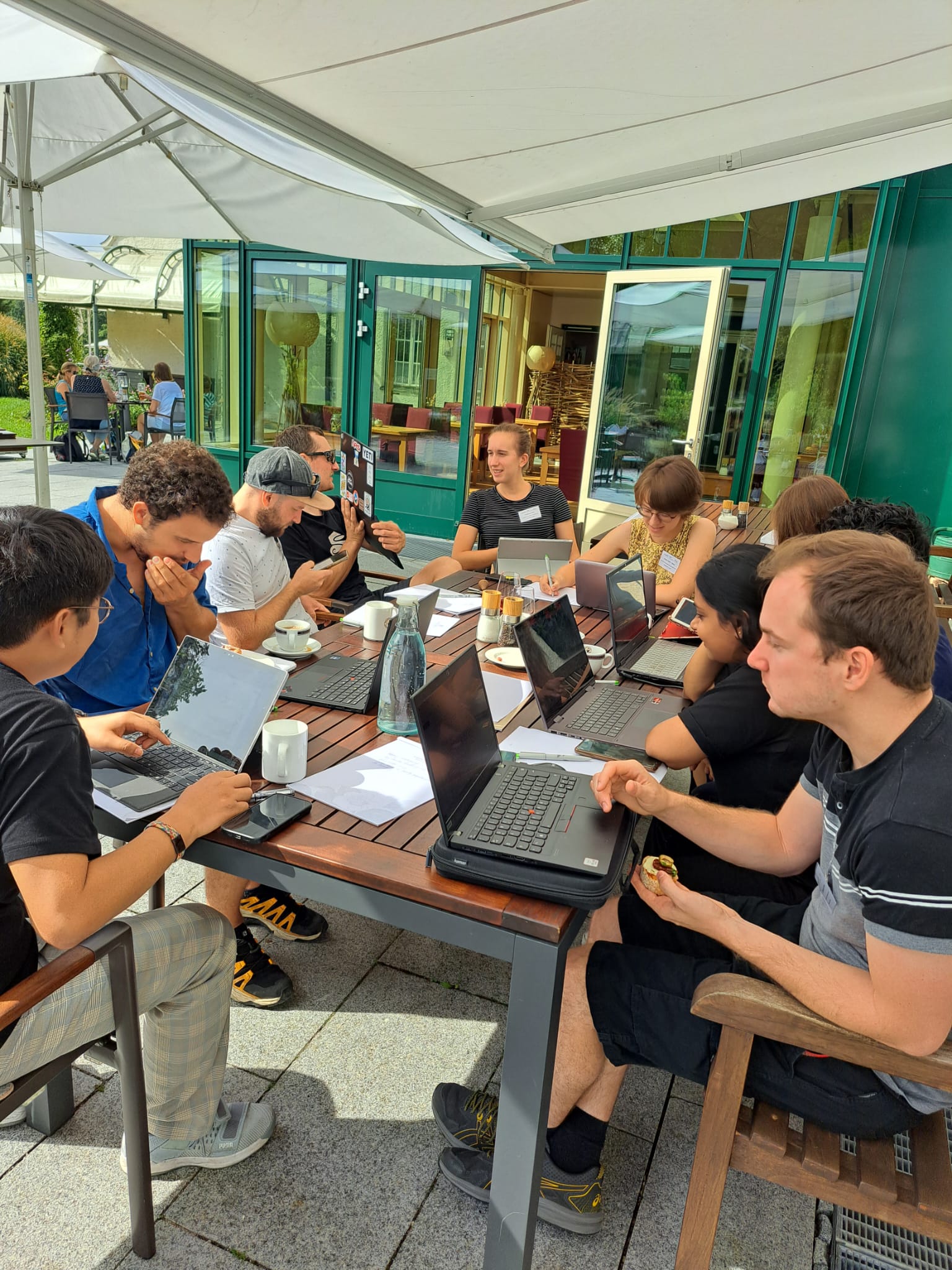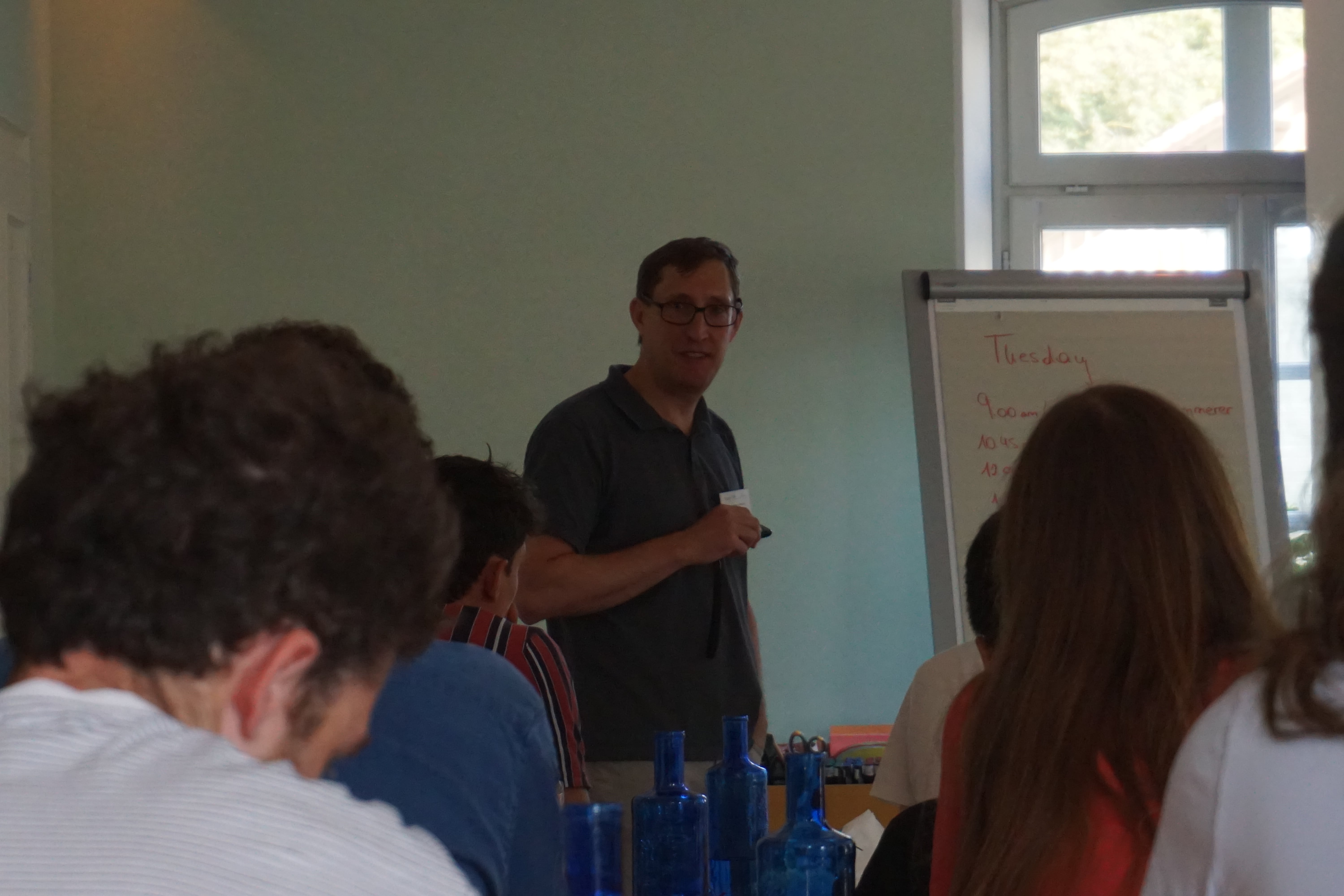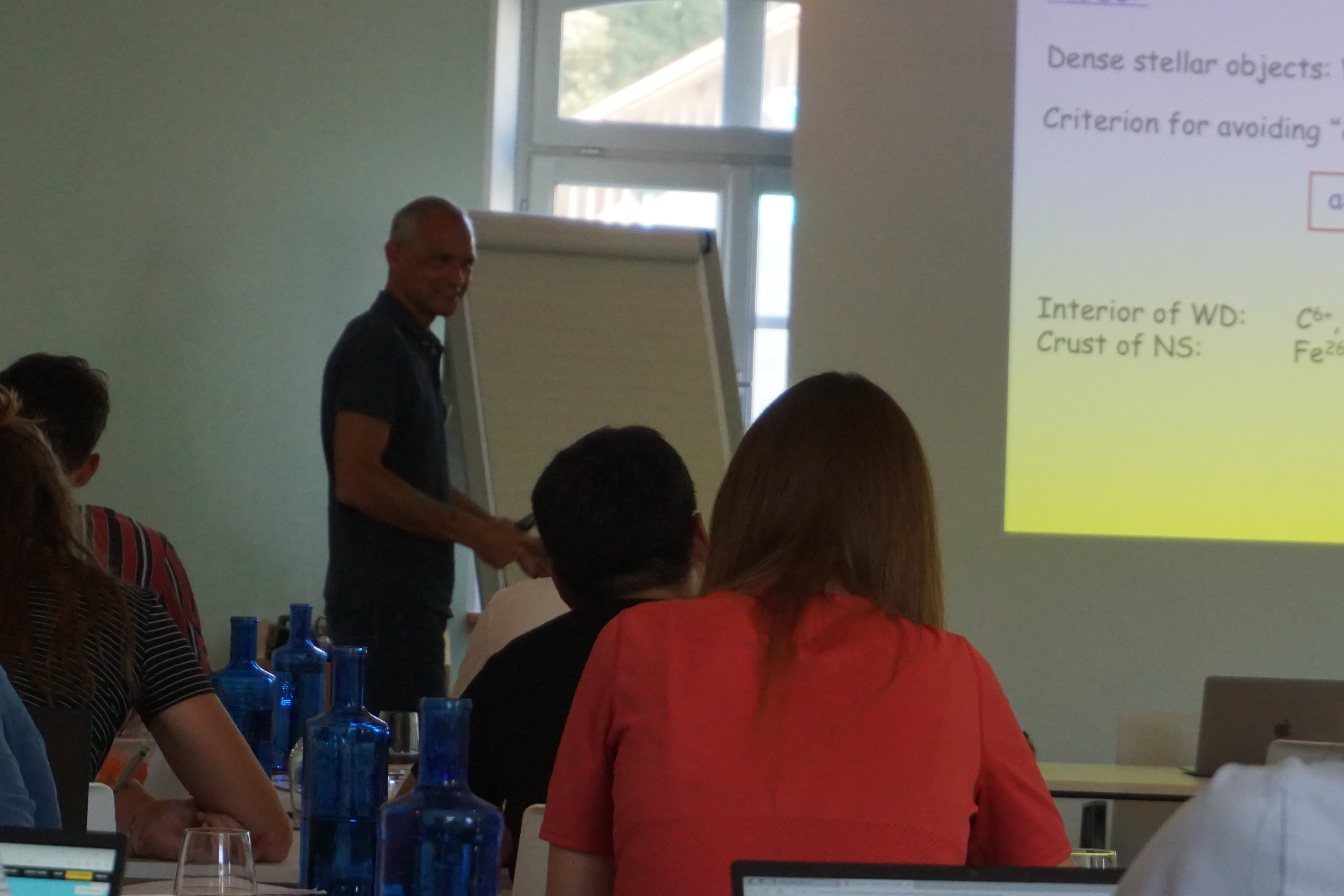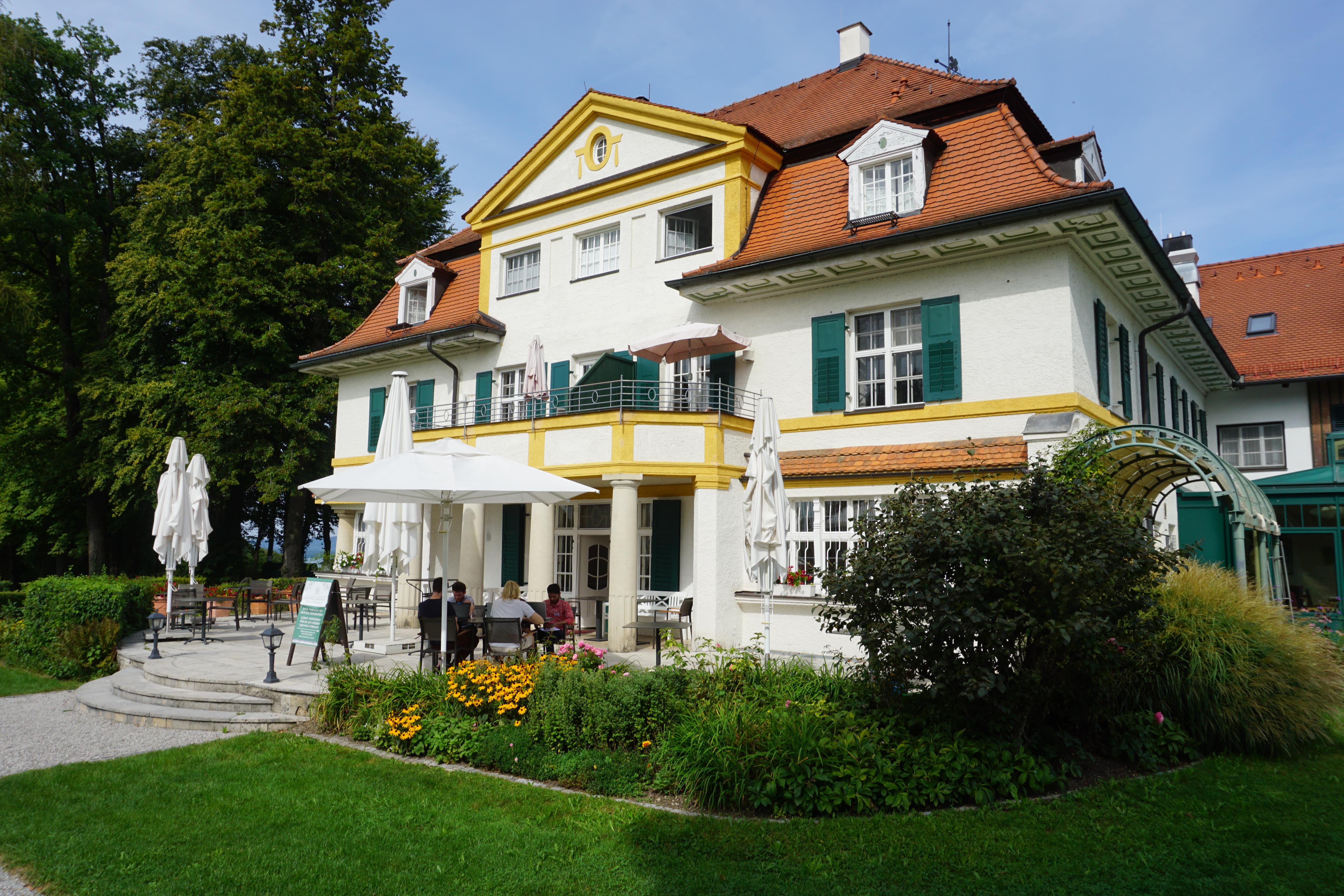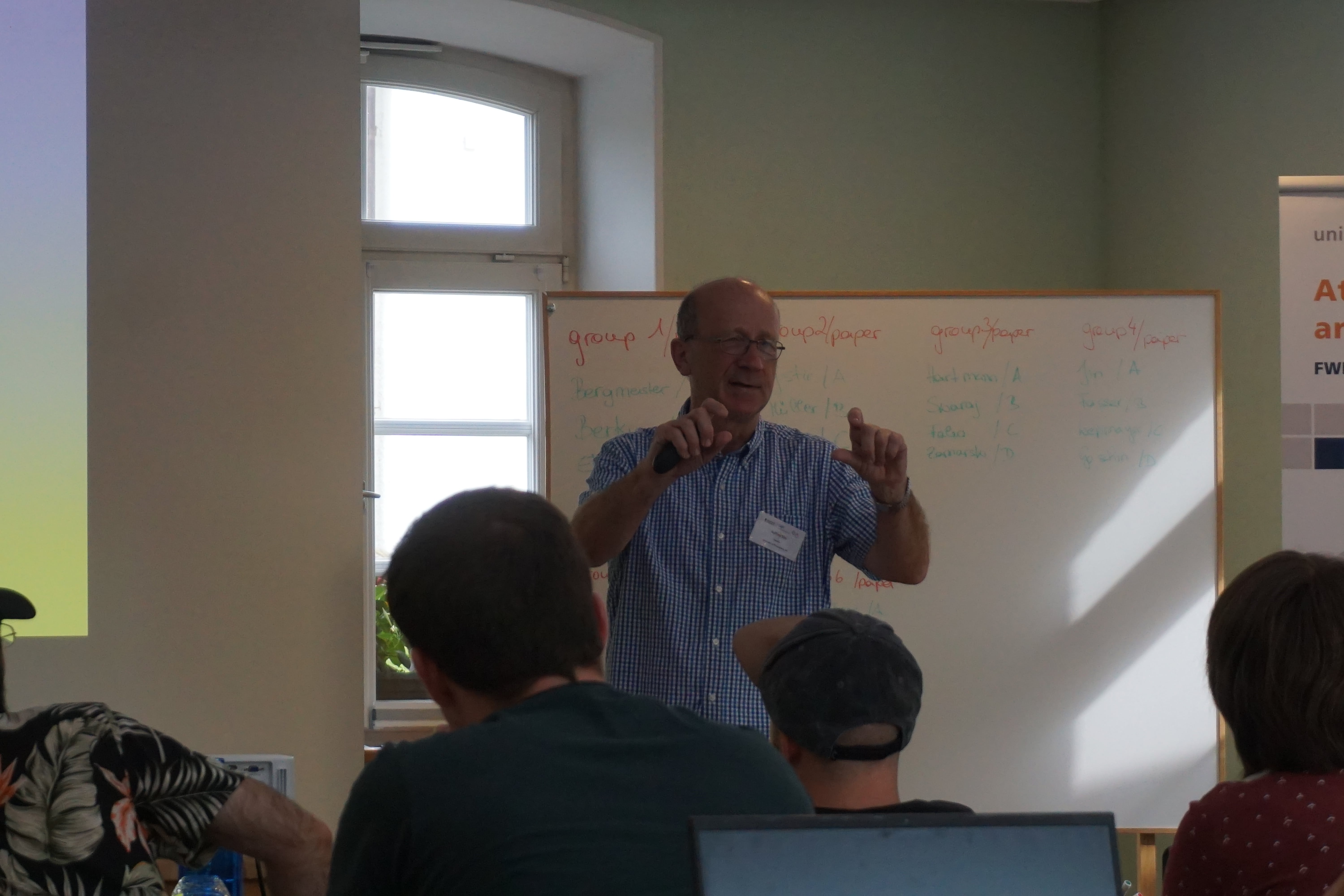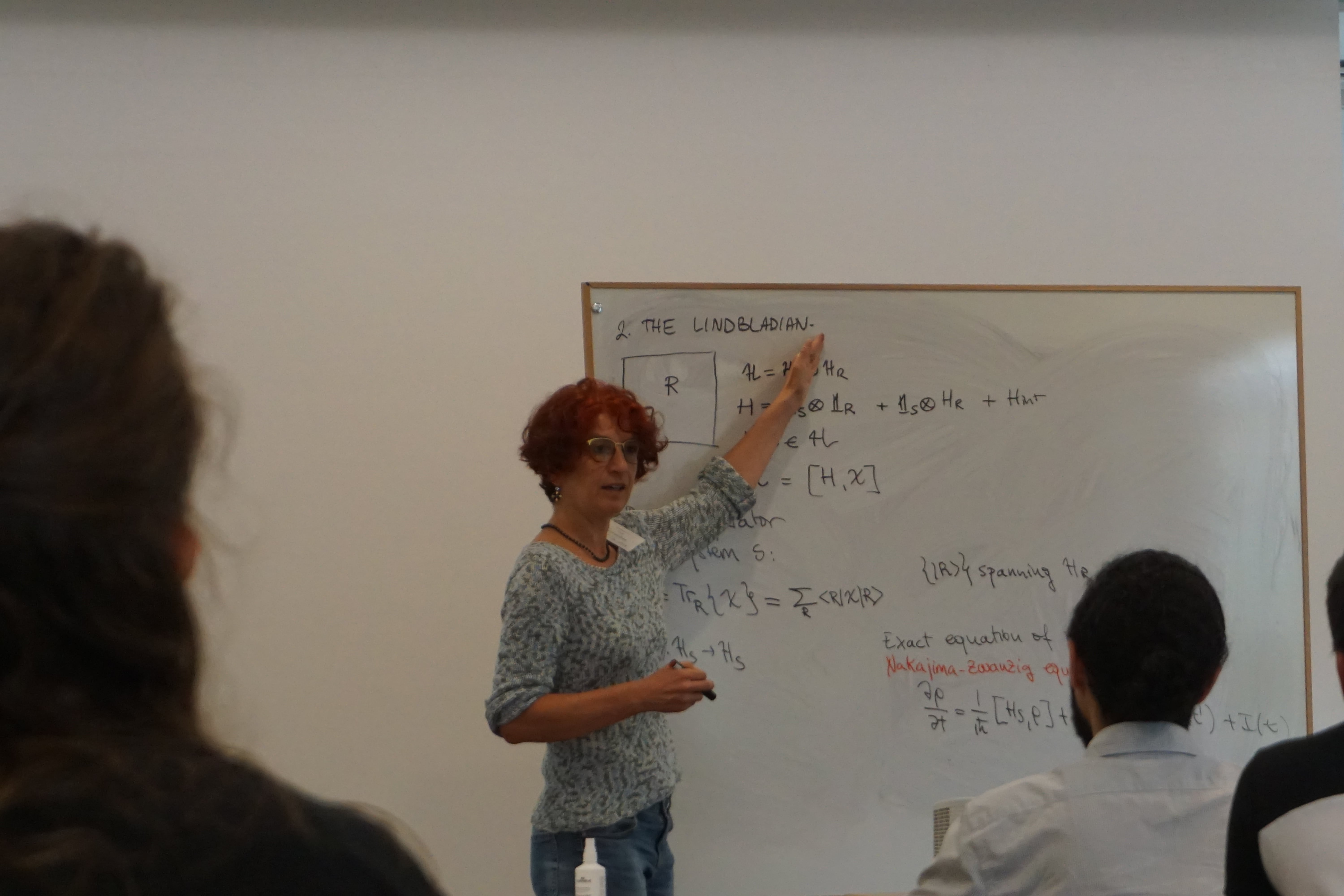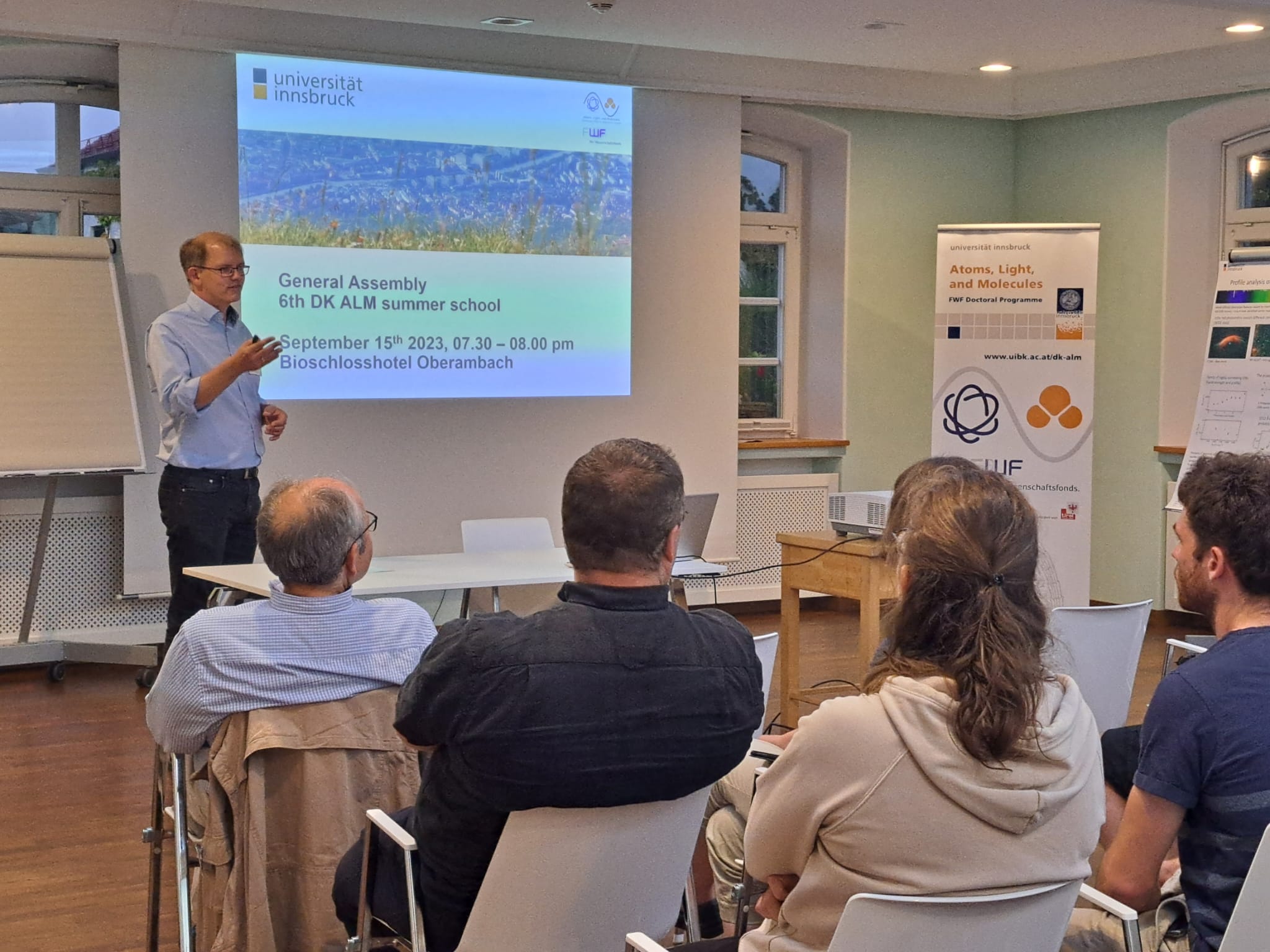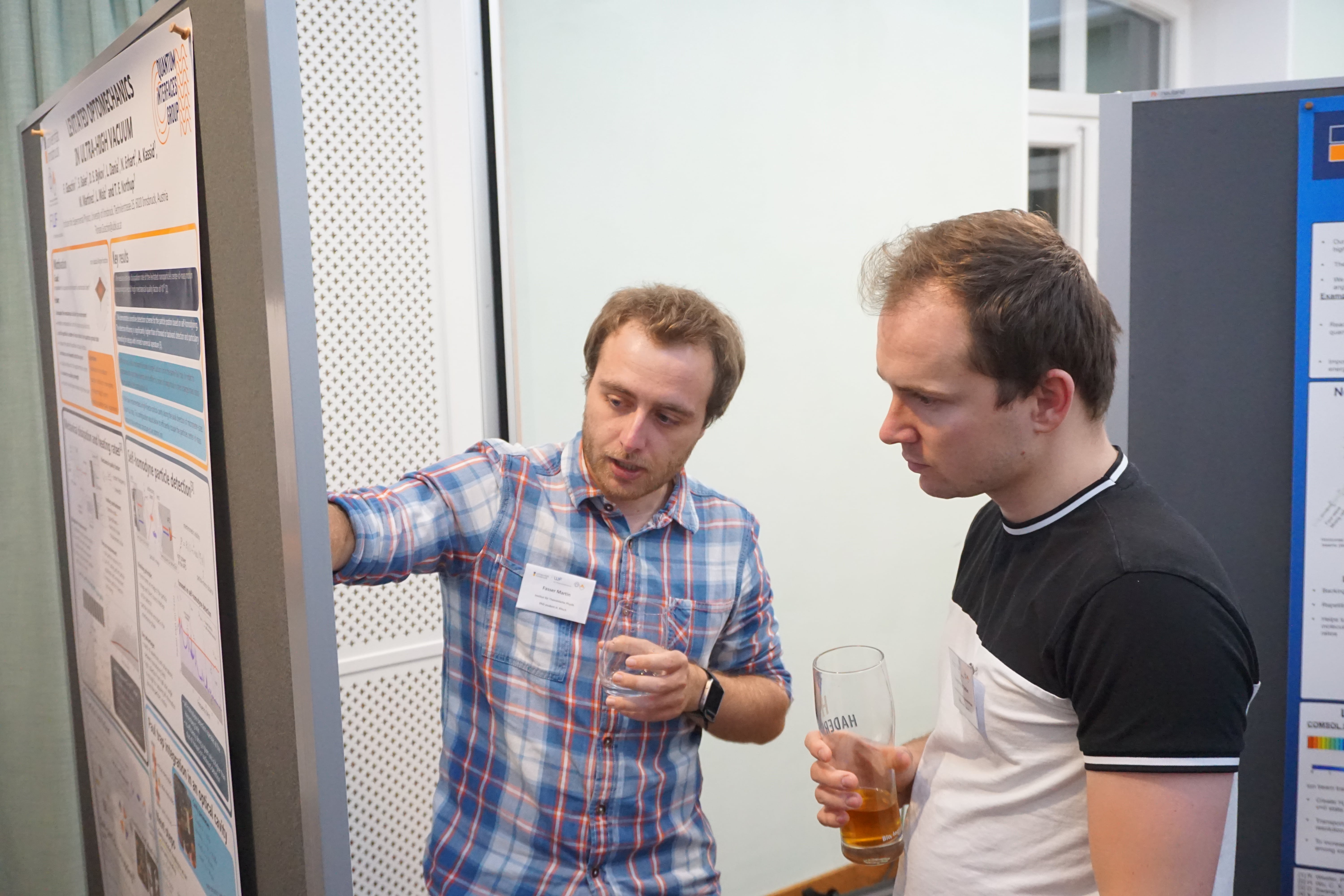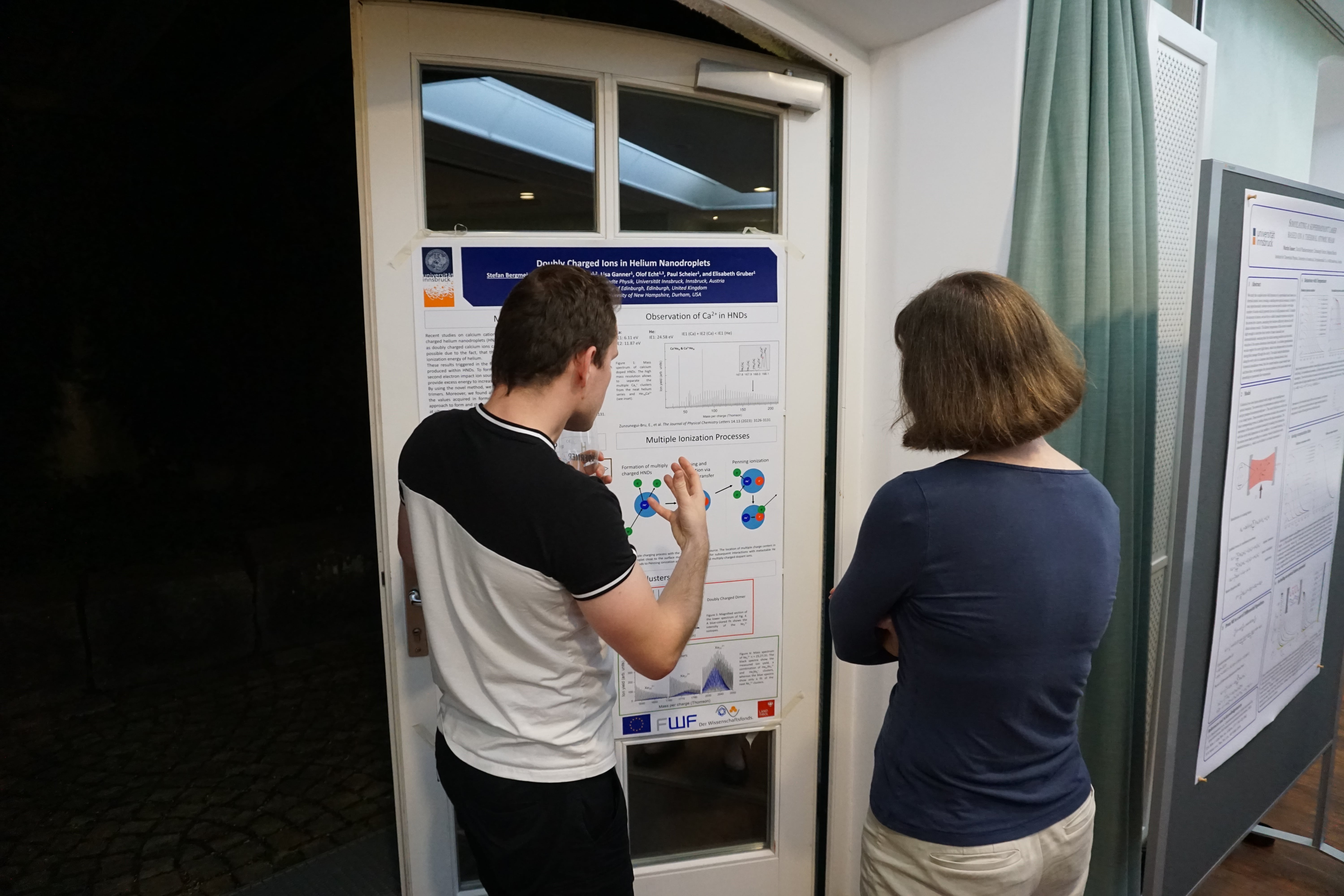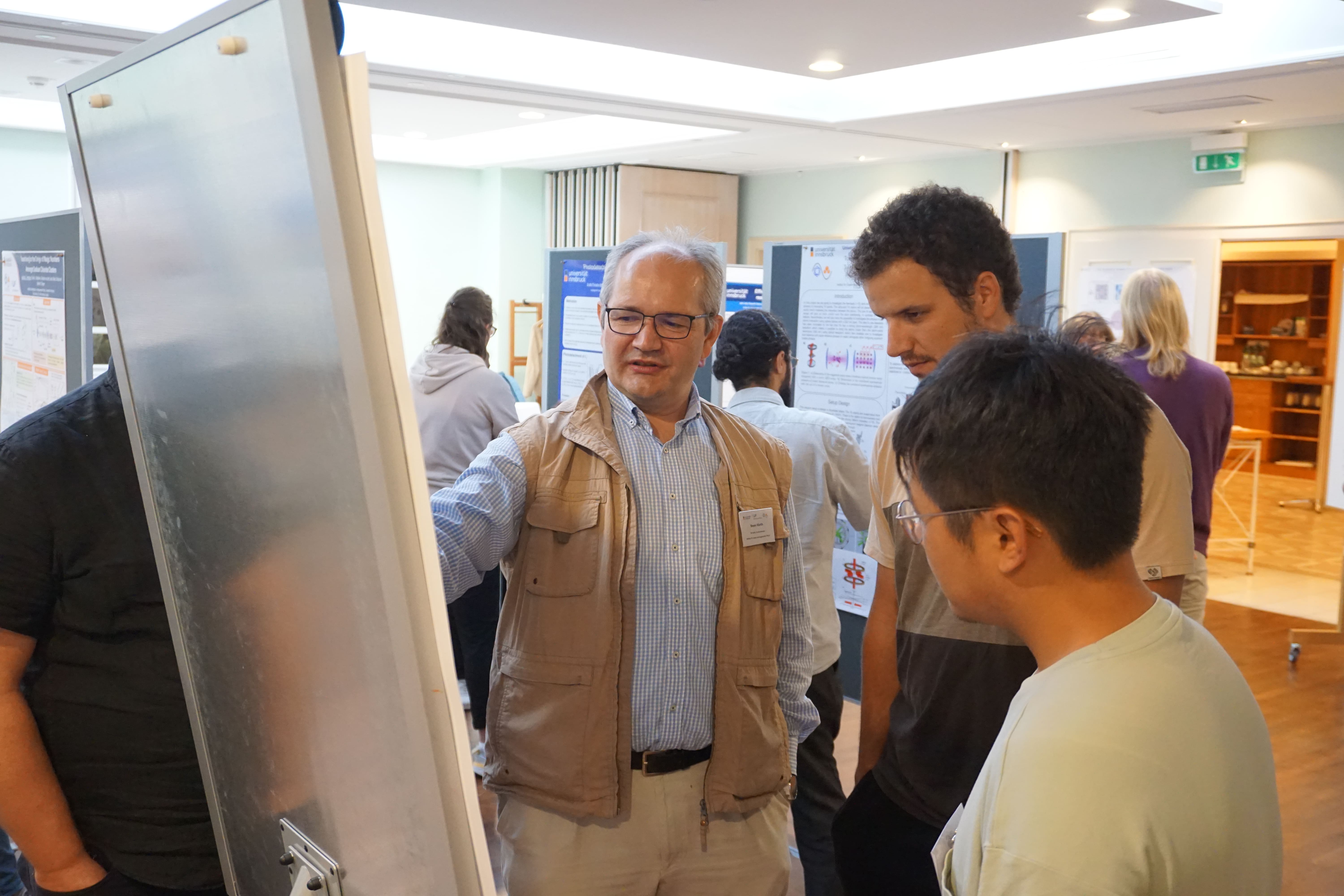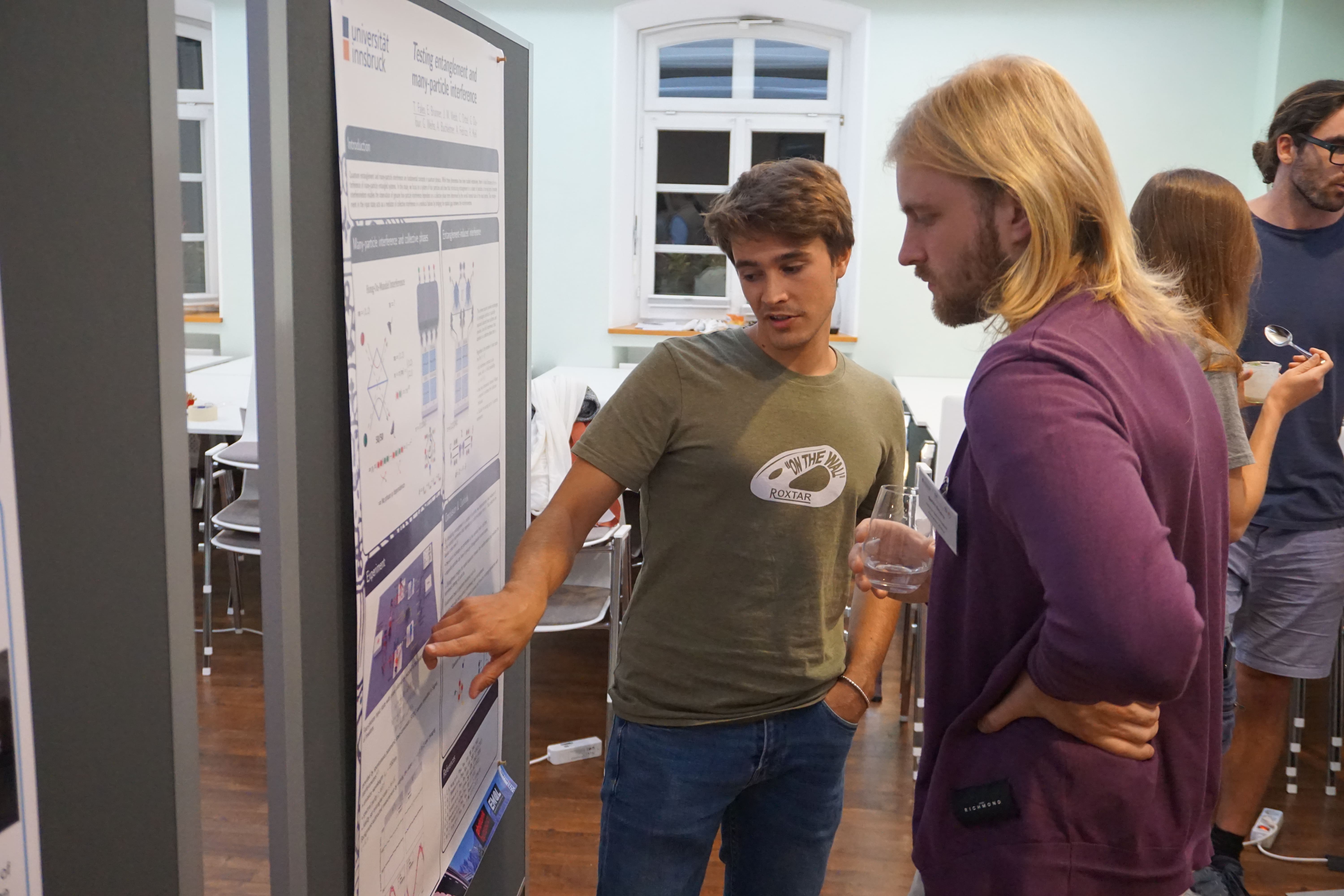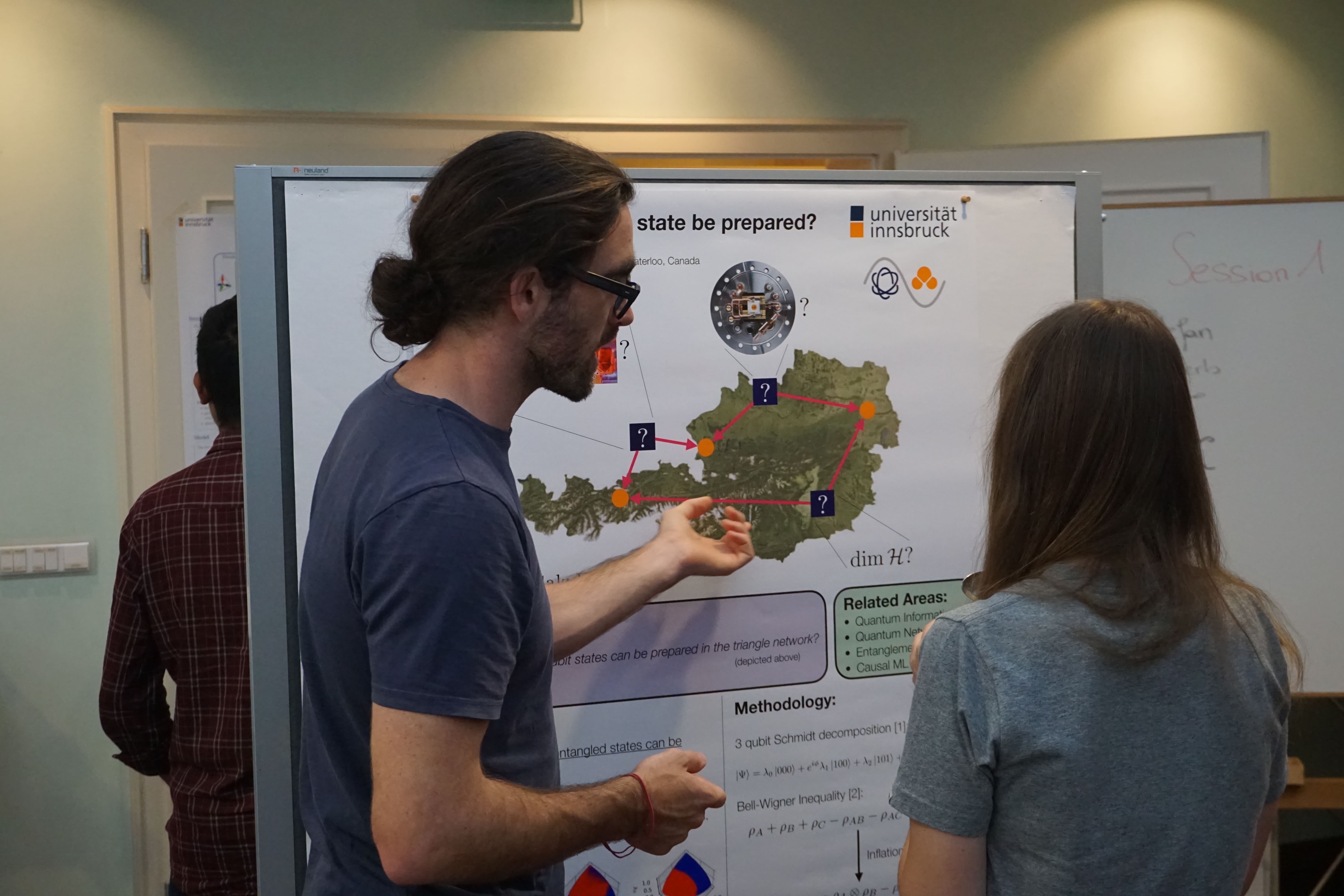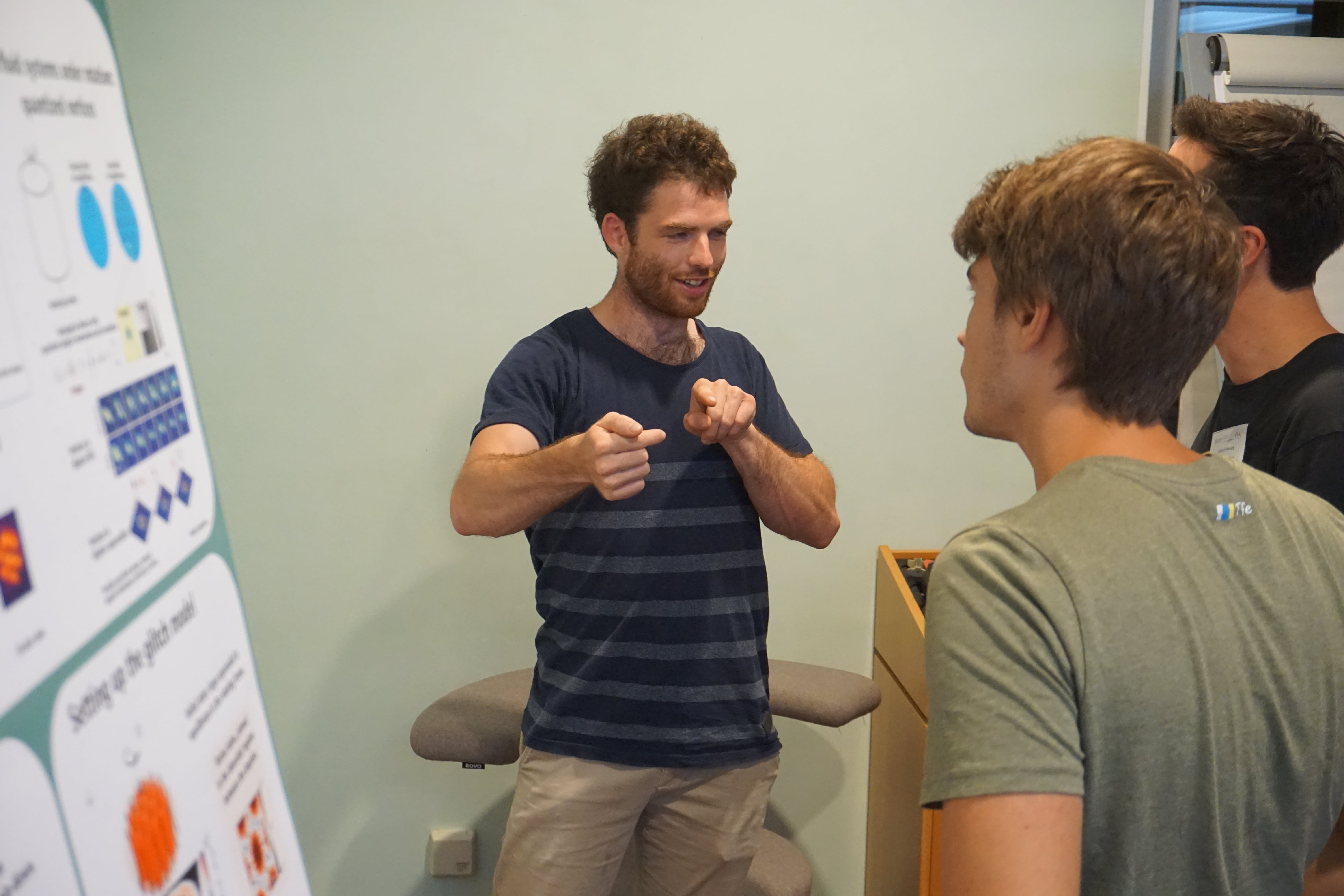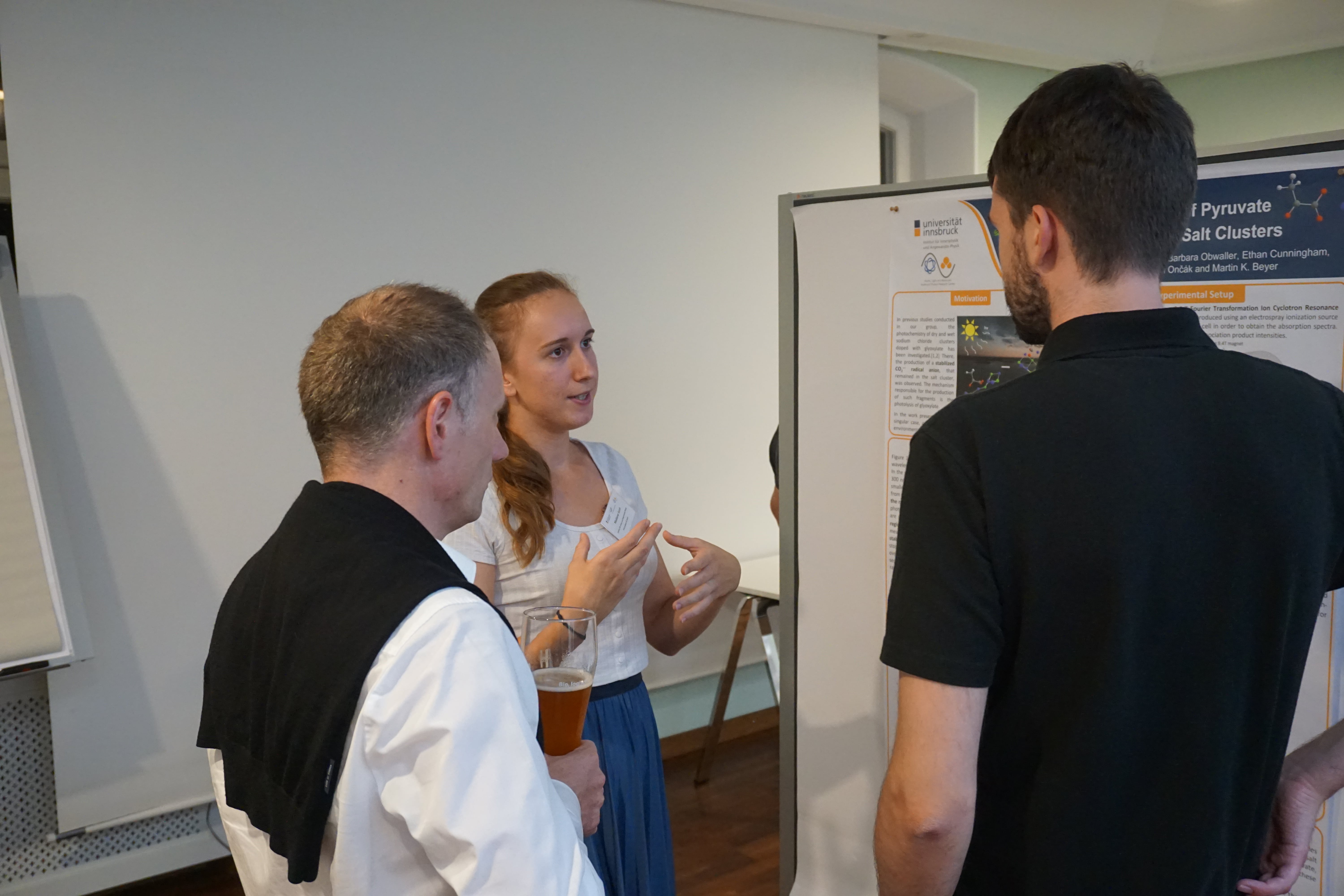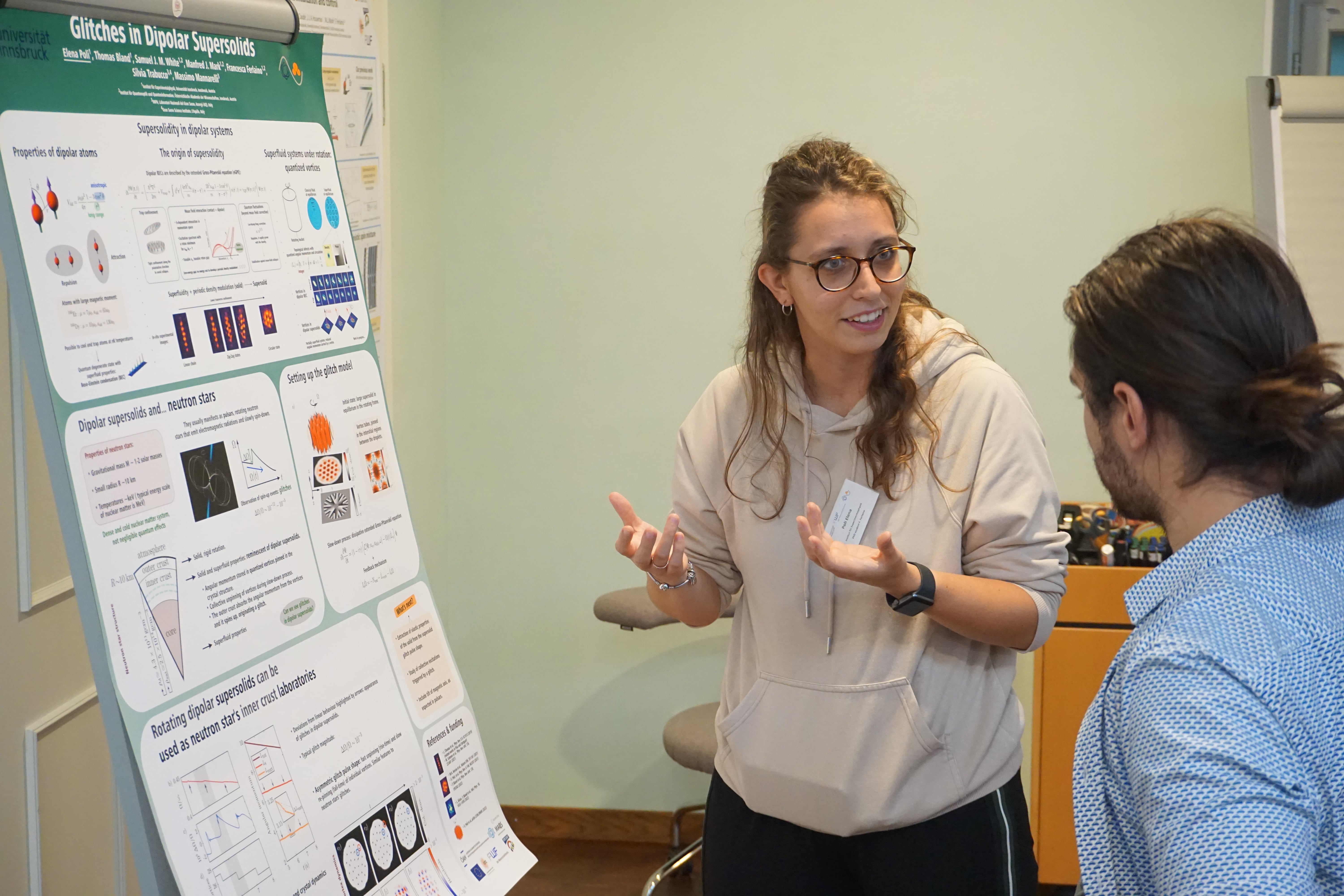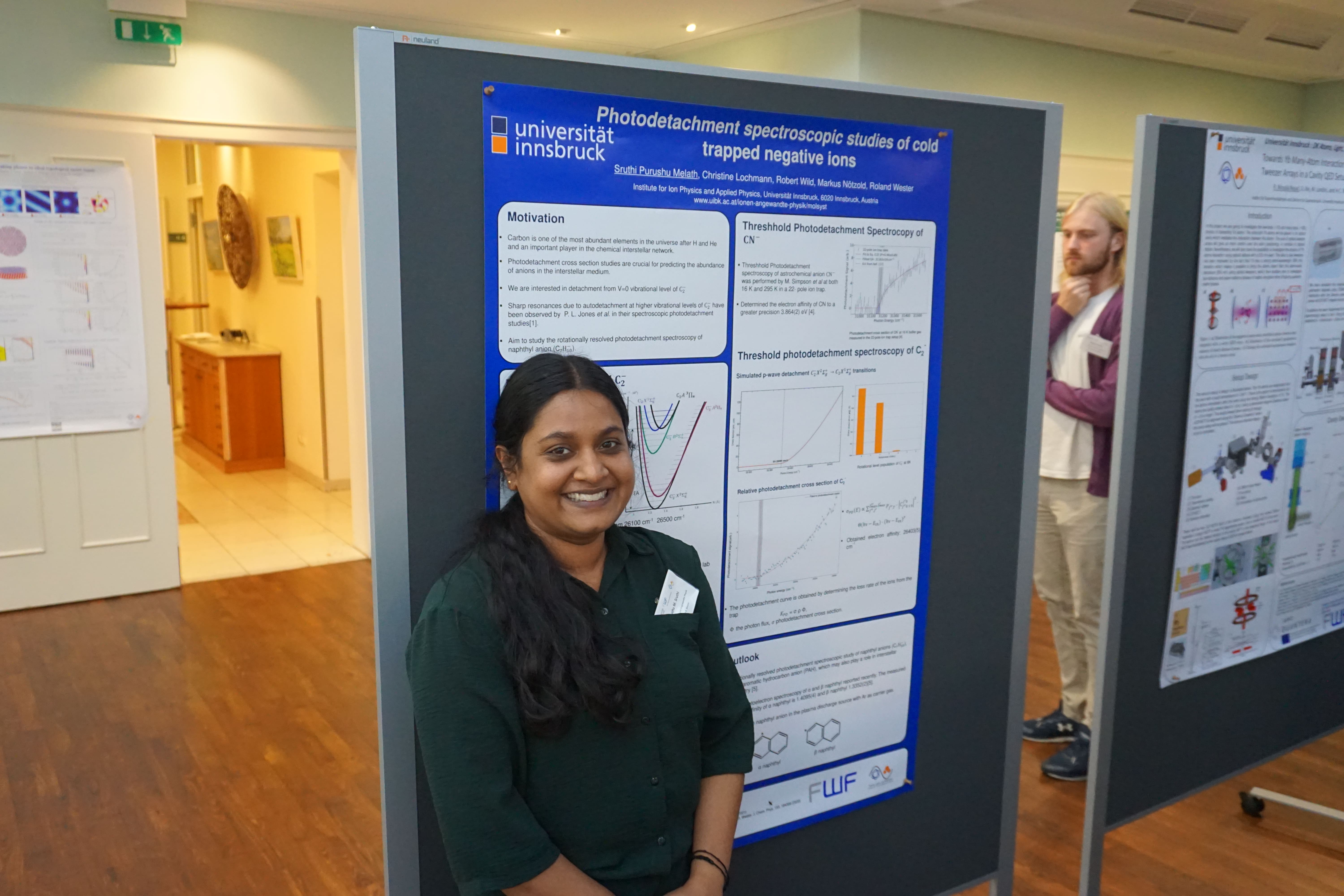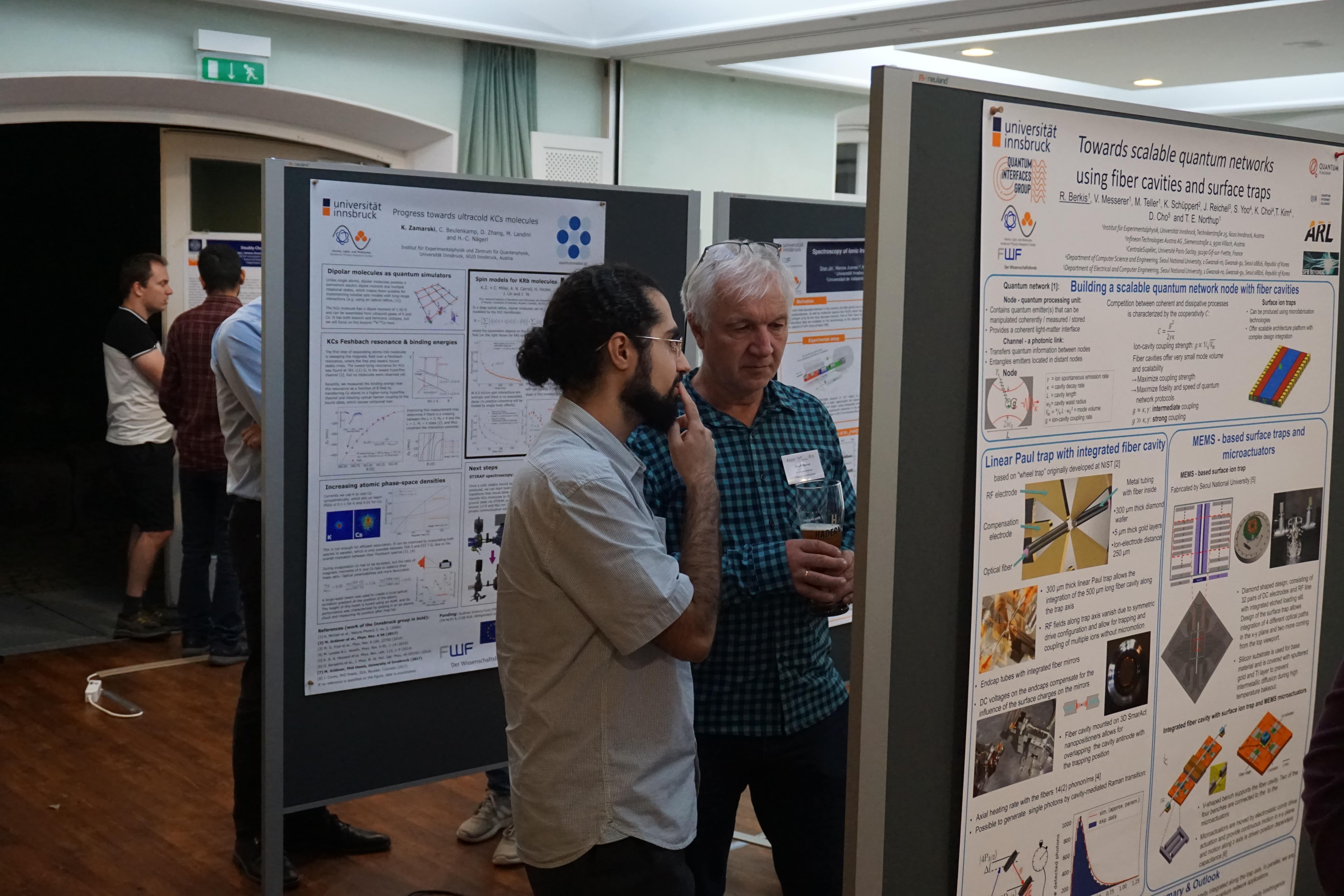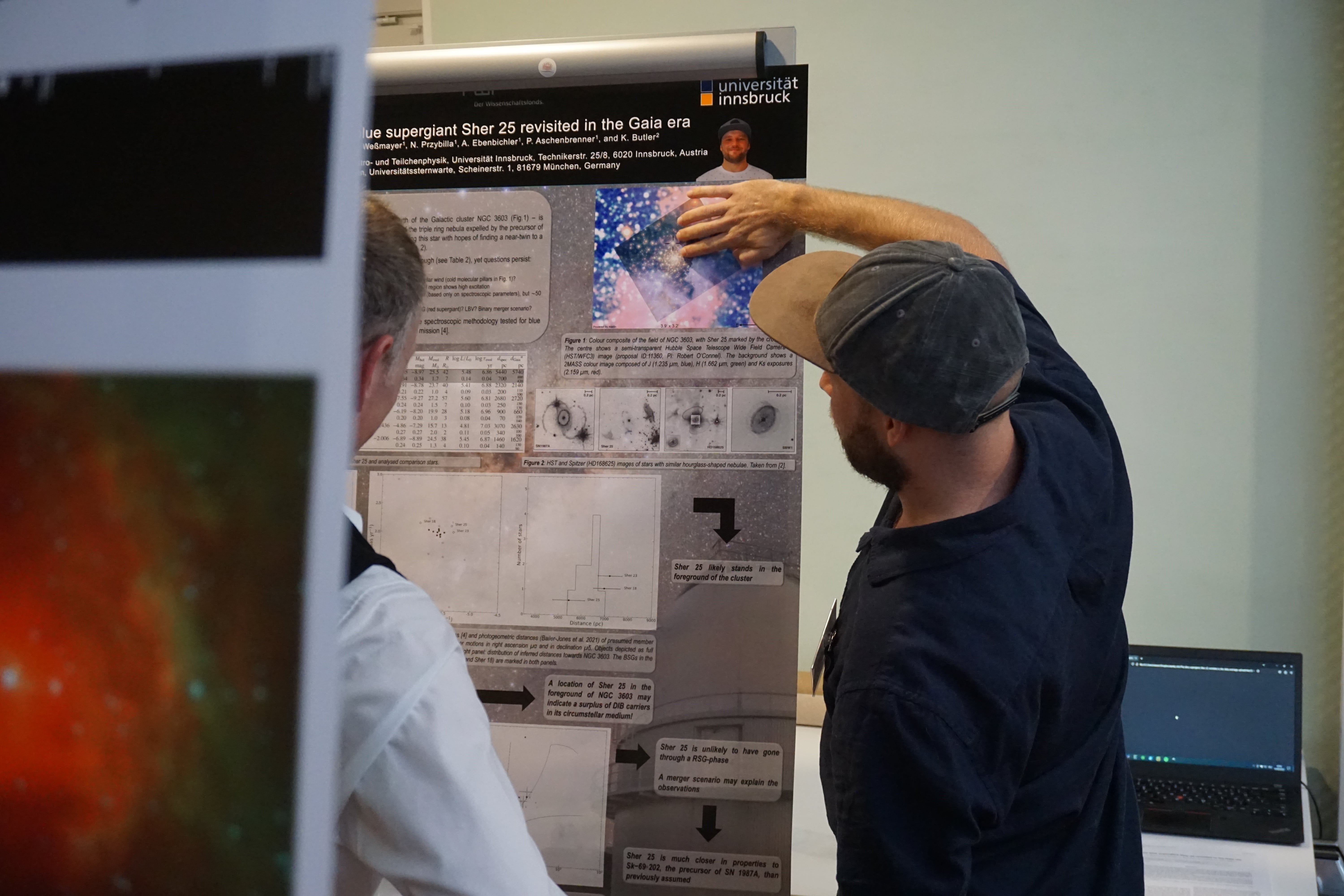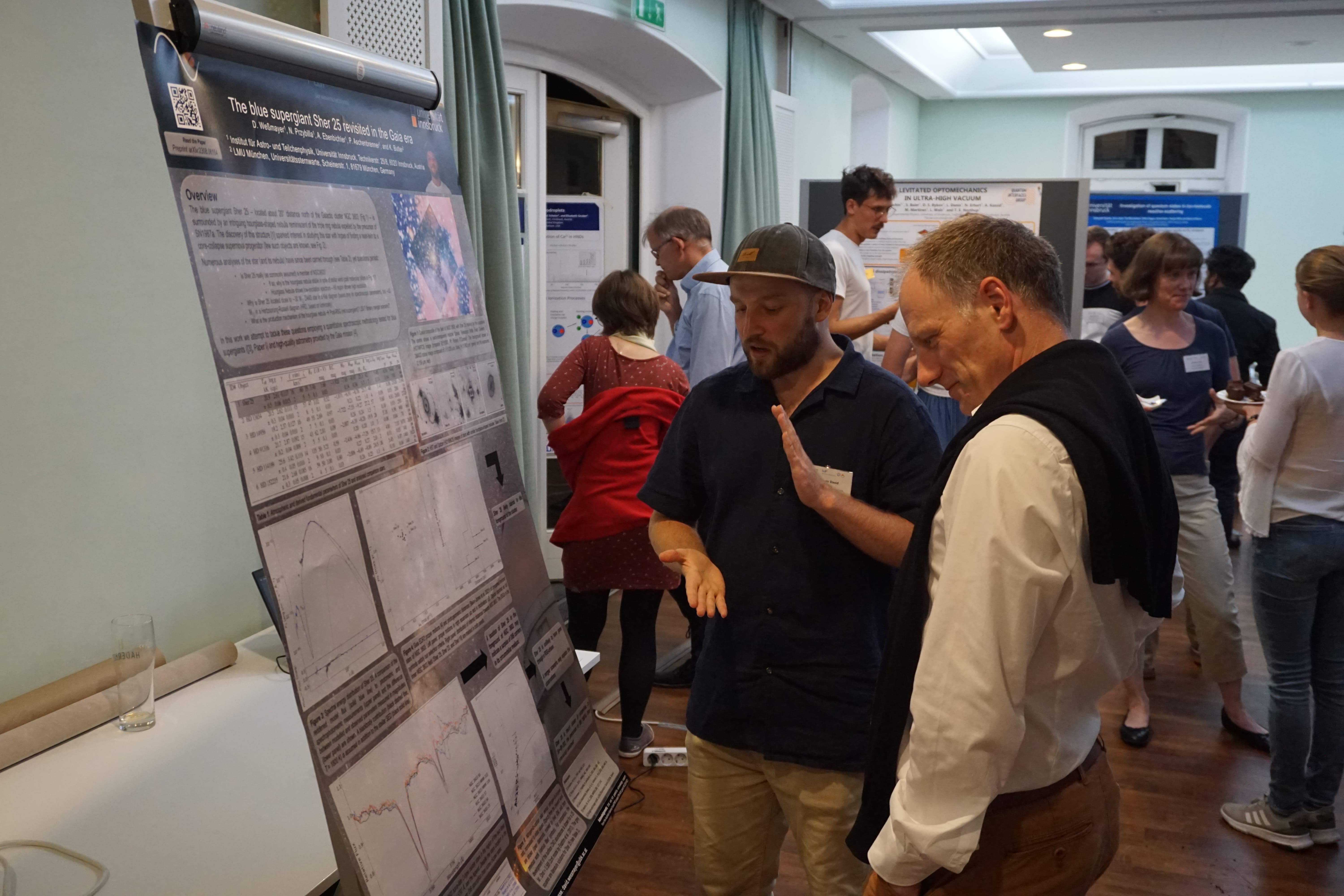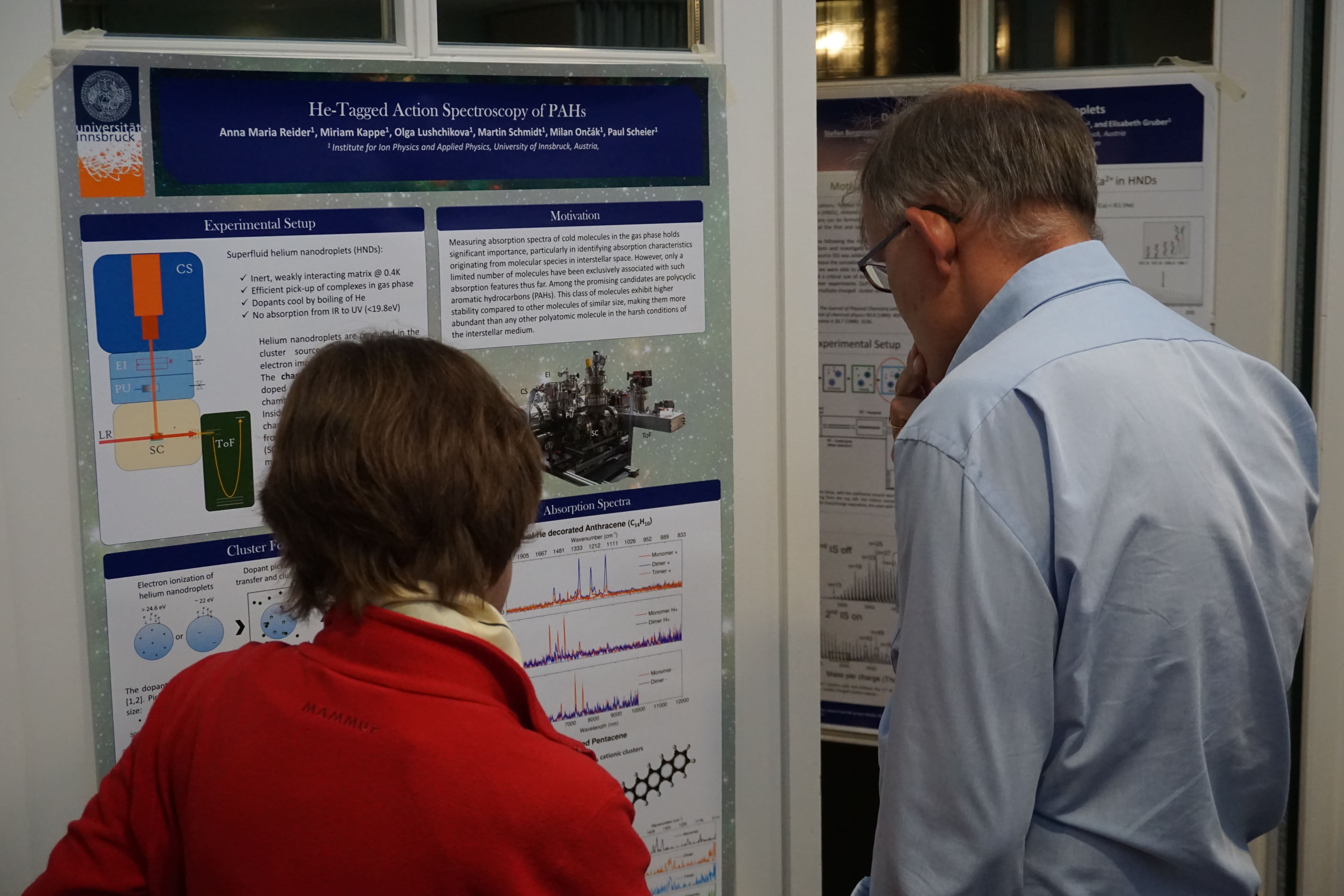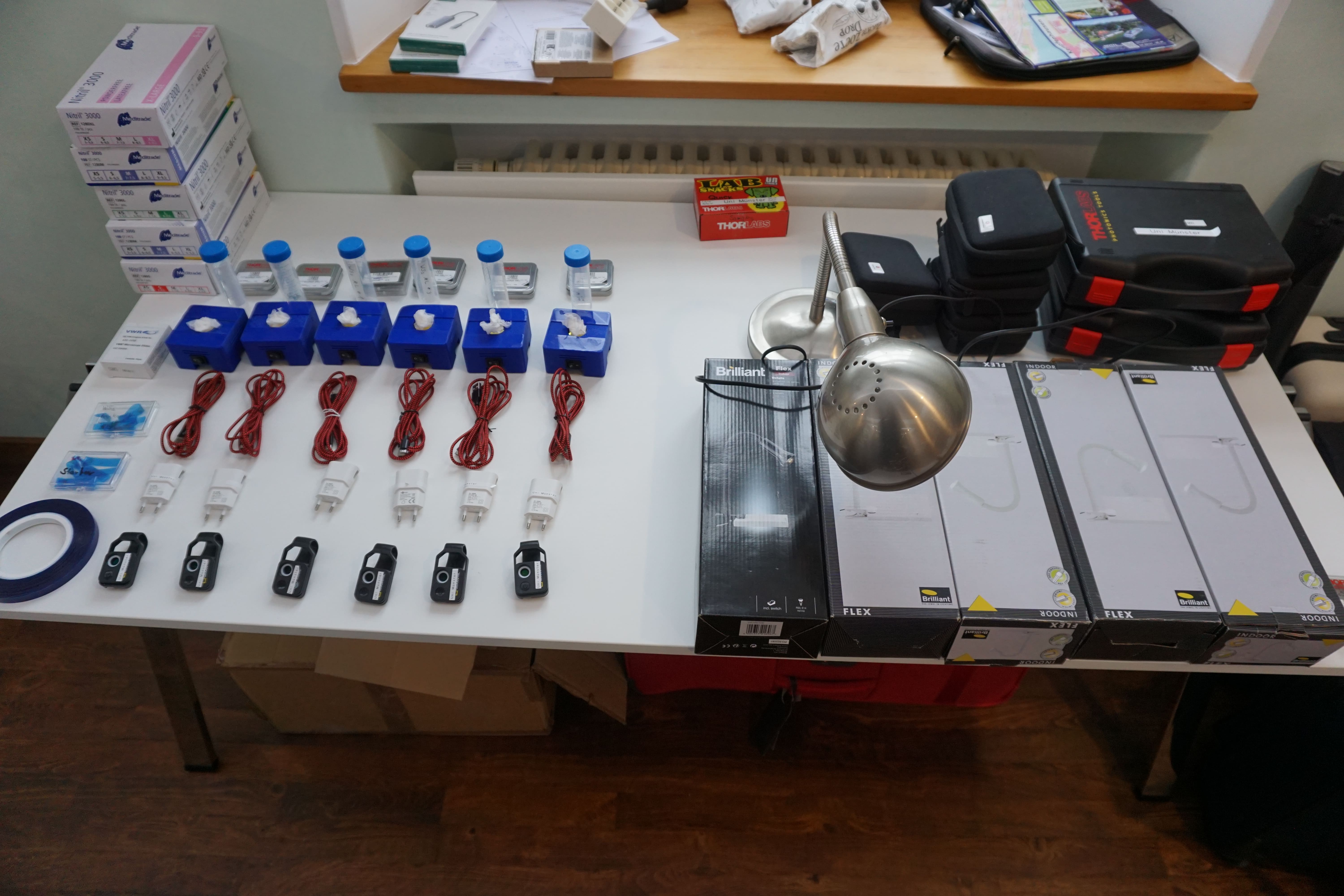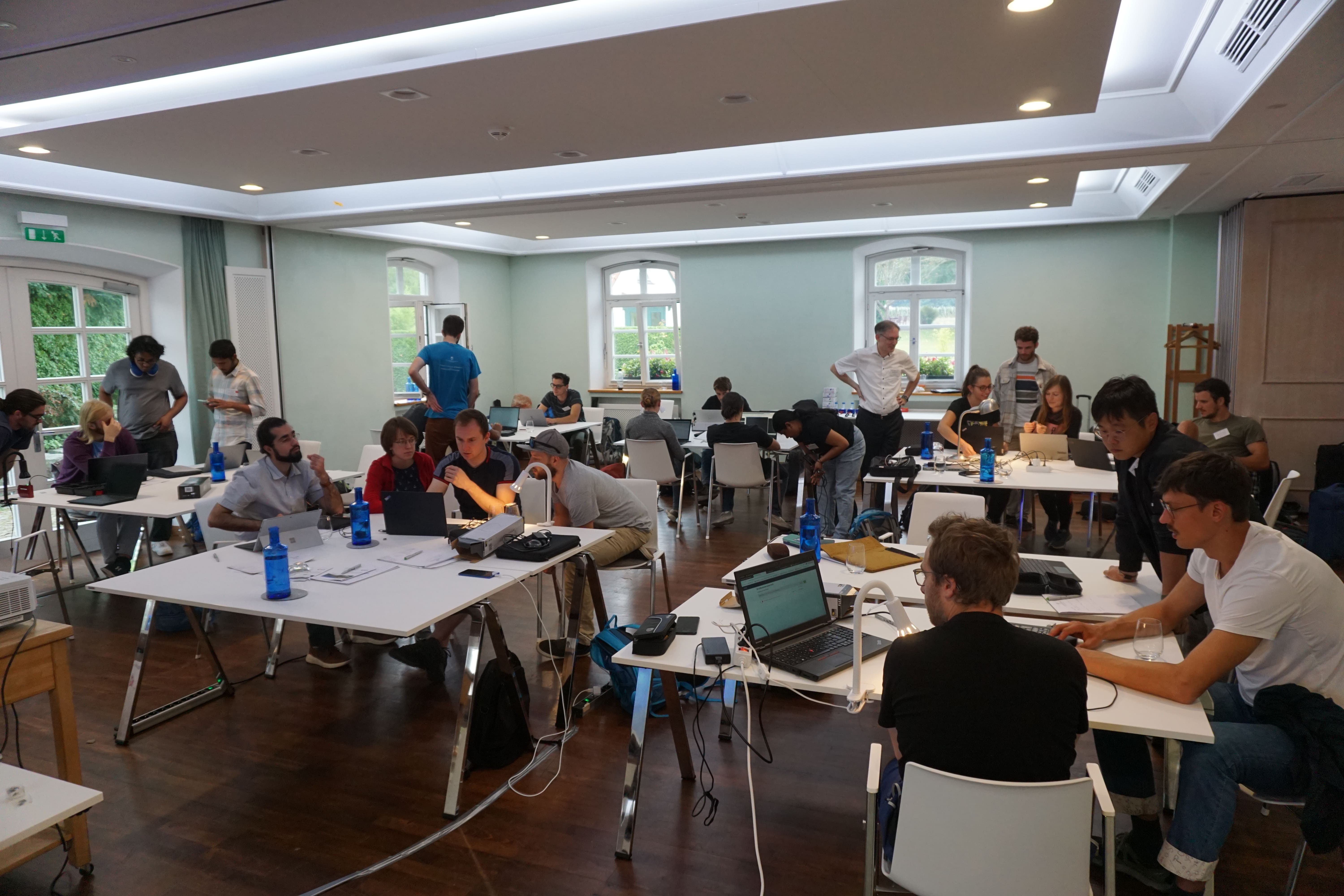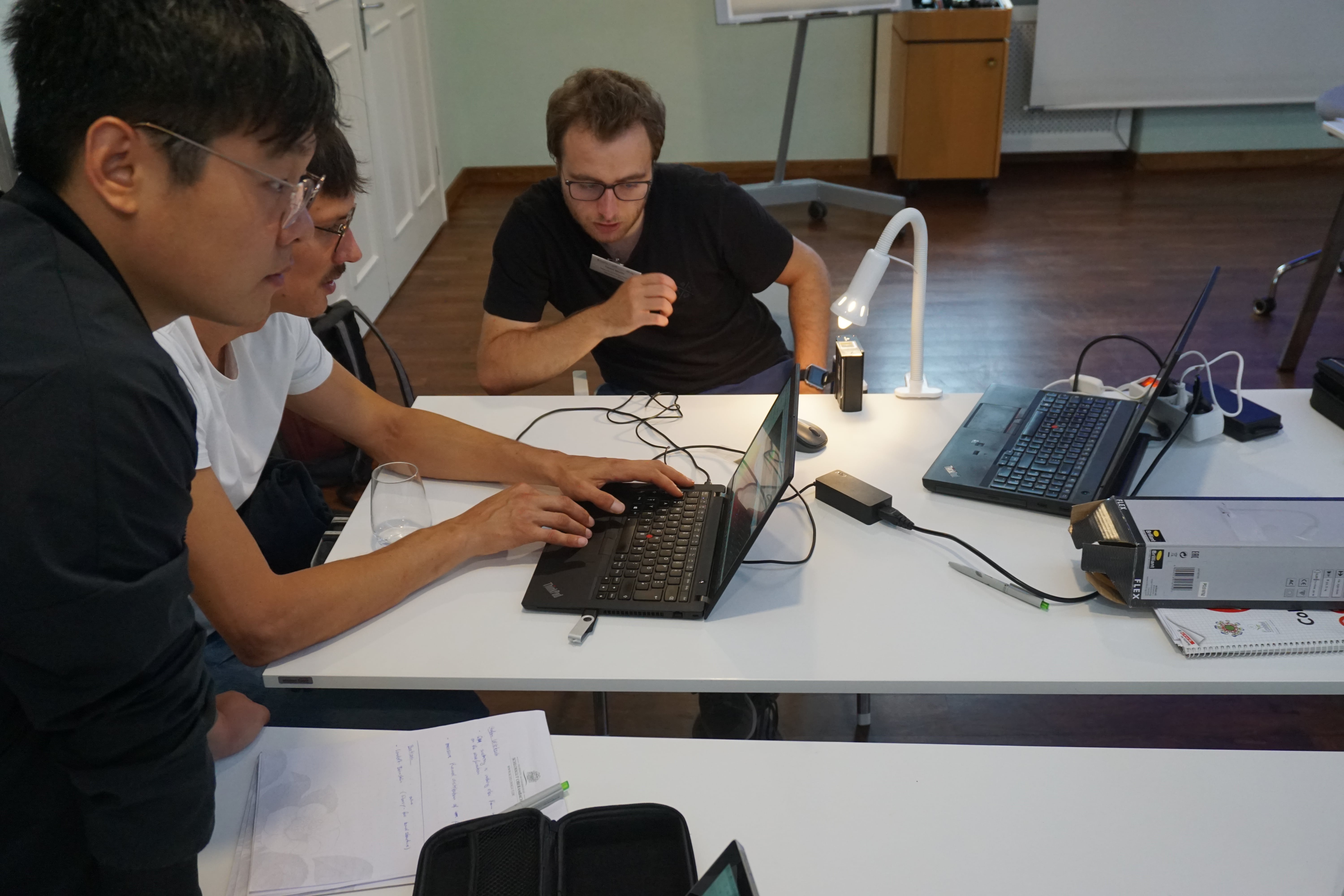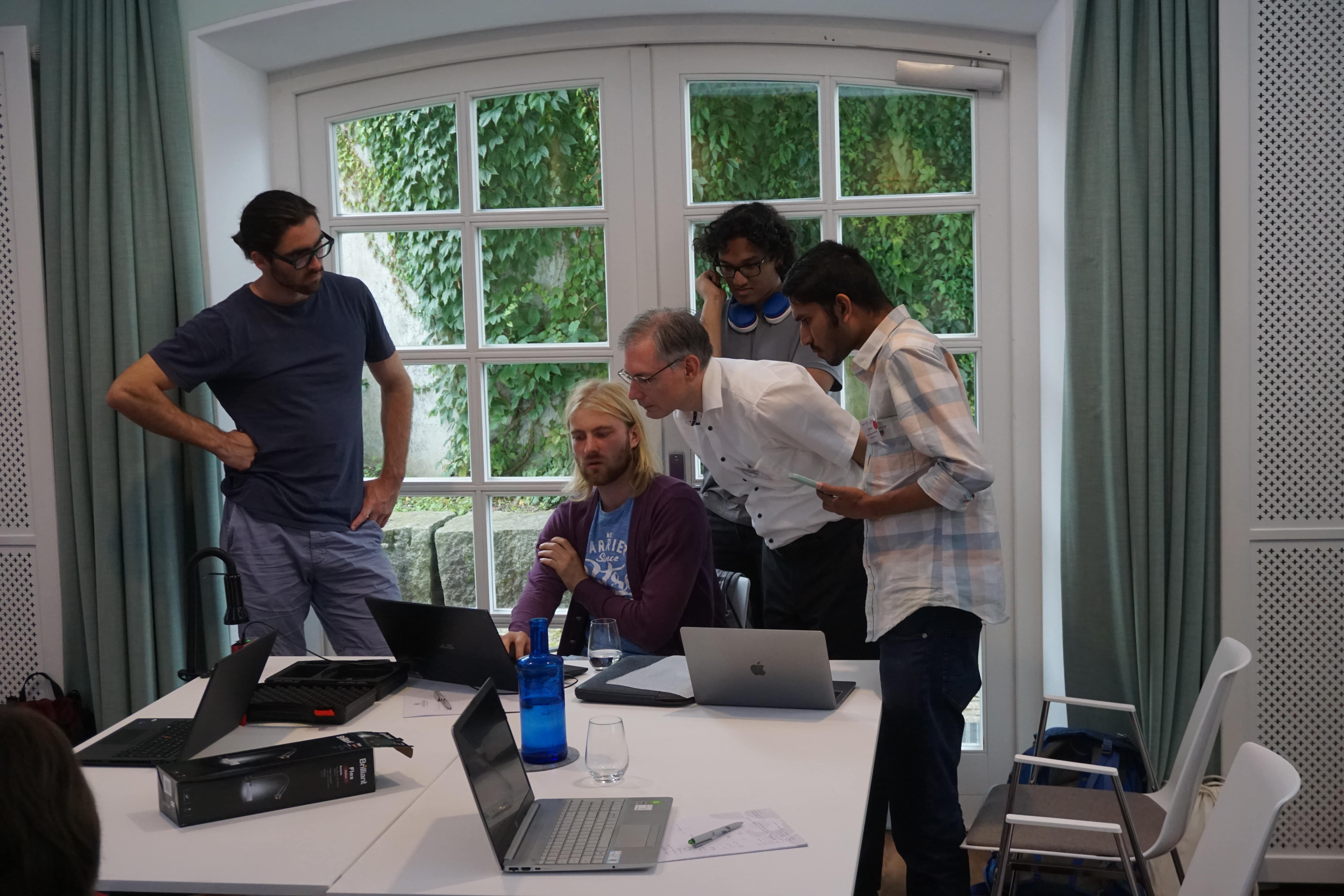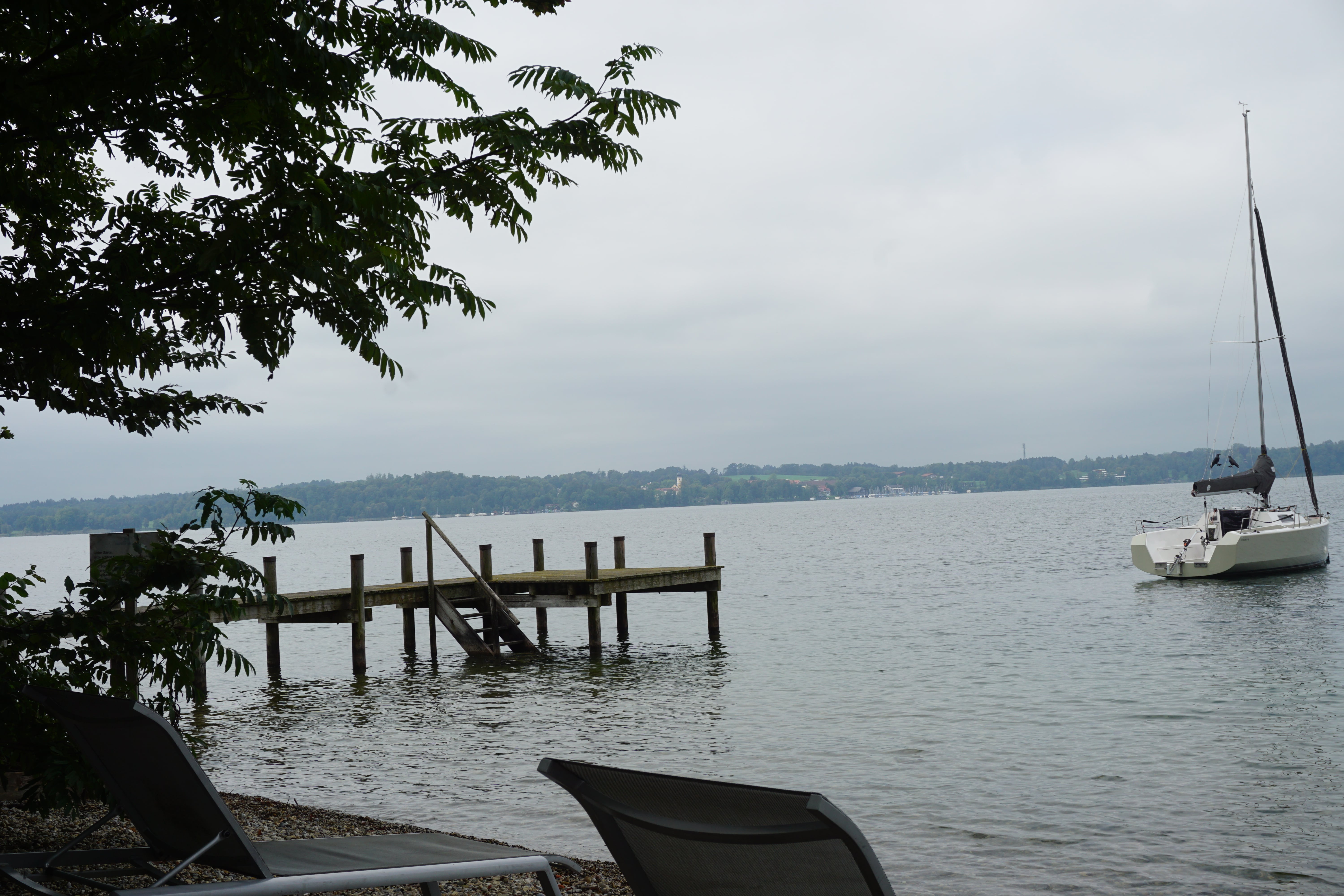Exciting workshops in a variety of areas were offered to our students. Interactive discussions between speakers and students while solving problems, as well as a paper ranking task and experimental trials were offered to our students to gain a better insight into the research area of the speakers.
Invited speakers
Harold Linnartz
Astronomical spectroscopy and laboratory astrophysics
This course will give an overview of the interplay of astronomical observations and laboratory astrophysics using molecular spectroscopy. It will start with some basic spectroscopic concepts, illustrates what methods can be used in the laboratory to obtain astronomically relevant information and what astronomical flagship facilities are available to link spectroscopic data to e.g. molecular complexity in space. The course will deal with online facilities that are very useful when interpreting data. PGopher will be discussed as a simulation program that allows to go beyond the typical use of spectral line databases. Some observational examples are discussed in more detail.
Klemens Hammerer
Entanglement in Ramsey interferometry and optical atomic clock
Ramsey interferometry, a cornerstone of precision measurements, lies at the heart of many cutting-edge quantum technologies. This lecture will explore the fundamental principles underlying this powerful technique and how it exploits quantum superpositions to enable the precise measurement of physical quantities. The lecture will further illuminate the potential for achieving even greater precision in Ramsey interferometry through the integration of squeezed and entangled states. By harnessing quantum entanglement, we can unlock a new frontier of measurement capabilities, offering unprecedented sensitivity and resolution. A special focus will be dedicated to optical atomic clocks, exemplifying one of the most spectacular achievements of Ramsey interferometry. Participants will gain insights into the workings of these cutting[1]edge timekeeping devices and explore how entanglement can be exploited to push the frontiers of atomic clock precision.
Michael Drewsen
Coulomb Crystallized Molecular Ions: External an Internal State Preparation
The ultimate starting point for investigations involving molecules is one with full control of all their motional degrees of freedom.
Through the past more than 20 years tremendous progress in such control of both neutral and charged molecules have been obtained. With respect to positively charged molecular ions, the possibility to spatially freeze such species into so-called Coulomb crystals through sympathetic cooling by directly laser cooled atomic ions has paved the way for such control at the full
quantum level and even at the single molecular level. In the seminar, I will after an introduction to Coulomb crystals and the cooling of the translational motion of molecular ions therein, introduce the challenges and various solutions to combine such external motional control with internal state preparation. Finally, if time allow, I will touch upon some recent experiments with such state prepared molecular ions.
Tim Softley
Cold and ultracold polar neutral molecules in the twenties: Production, manipulation and application
Over the last 25 years, the development of sources of cold (from a few K to mK) and ultracold (sub mK) polar neutral molecules has been a major target of research. It has been driven by the desire to study diverse applications, including: studying molecular collisions in the quantum regime; development of quantum simulation and computation systems; high precision molecular spectroscopy that might give answers to questions in fundamental physics (e.g., the dipole moment of the electron); the creation of novel collective states that mimic condensed matter physics; and the achievement of quantum degeneracy (Fermi and BEC) in polar molecule gases. In this seminar I will give a high level overview of the status of this field in 2023 and we will look at (and discuss) some case studies of recent experiments from laboratories around the world. General reference: T.P. Softley 2023 "Cold and ultracold molecules in the twenties" , Proc Roy Soc A 479: 20220806
Stefan Willitsch
Cold ion-neutral interactions: concepts, techniques and applications
The recent progress in the preparation of neutral molecules and ions at temperatures close to the absolute zero point and the combination of these two domains has paved the way for a range of new research directions at the interface between AMO physics, chemistry and the quantum sciences. In the lecture, we will give an overview of the concepts and experimental methods used in this field and discuss a range of applications including cold collisions and chemistry, ion-atom hybrid systems and quantum technologies.
Giovanna Morigi
Born-Markov master equations and spectral decomposition
The role of dissipation and decoherence in the dynamics of quantum systems is often described by the so-called Born[1]Markov master equation. In this lecture we will provide a simple derivation and discuss its validity. We will then solve the dynamics it predicts for some simple, relevant quantum optics systems by means of the so-called spectral decomposition. We will finally discuss the application of the spectral decomposition to the analysis of phase transitions in driven-dissipative systems.
Rudolf Bratschitsch
2D materials for photonic quantum technologies
Soon after the advent of a single layer of carbon atoms (graphene), atomically thin semiconductors such as MoS2 or MoSe2 have been discovered. In contrast to graphene, they exhibit prominent light emission and hence serve as a promising new material class for optoelectronics. In my lecture, I will demonstrate their unique mechanical and optical properties and discuss their potential applications. In particular, I will highlight their use as single-photon sources for photonic quantum technologies.
Giovanni Modugno - absence due to illness
Unconventional superfluids and superconductors
A broad new class of superfluids and superconductors with spatially modulated density has recently been discovered in a variety of physical systems, from He superfluids to layered superconductors and to ultracold quantum gases. These systems may all share the same nature of the supersolid quantum phase of matter. The lecture will guide the students in understanding how a spatial modulation affects the macroscopic wavefunction and impacts the superfluid response of the systems, leading to unconventional phenomena such as non quantized supercurrents and vortices. The lecture will assume the knowledge of only basic aspects of the physics of superfluids and superconductors, essentially the presence of a macroscopic wavefunction
Location
The Summer school took place at the
Schlossgut Oberambach, Starnberger See, Bavaria, Germany
